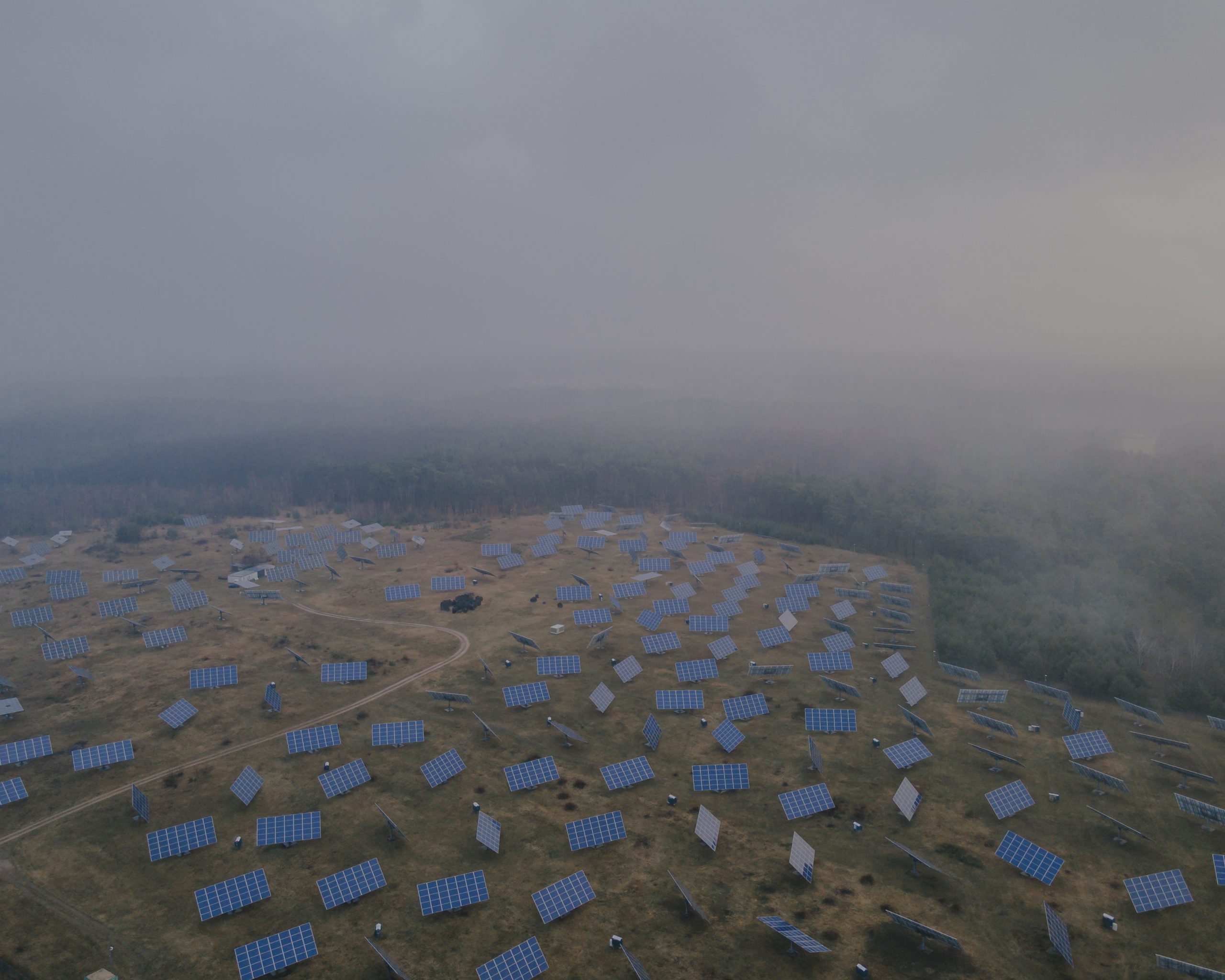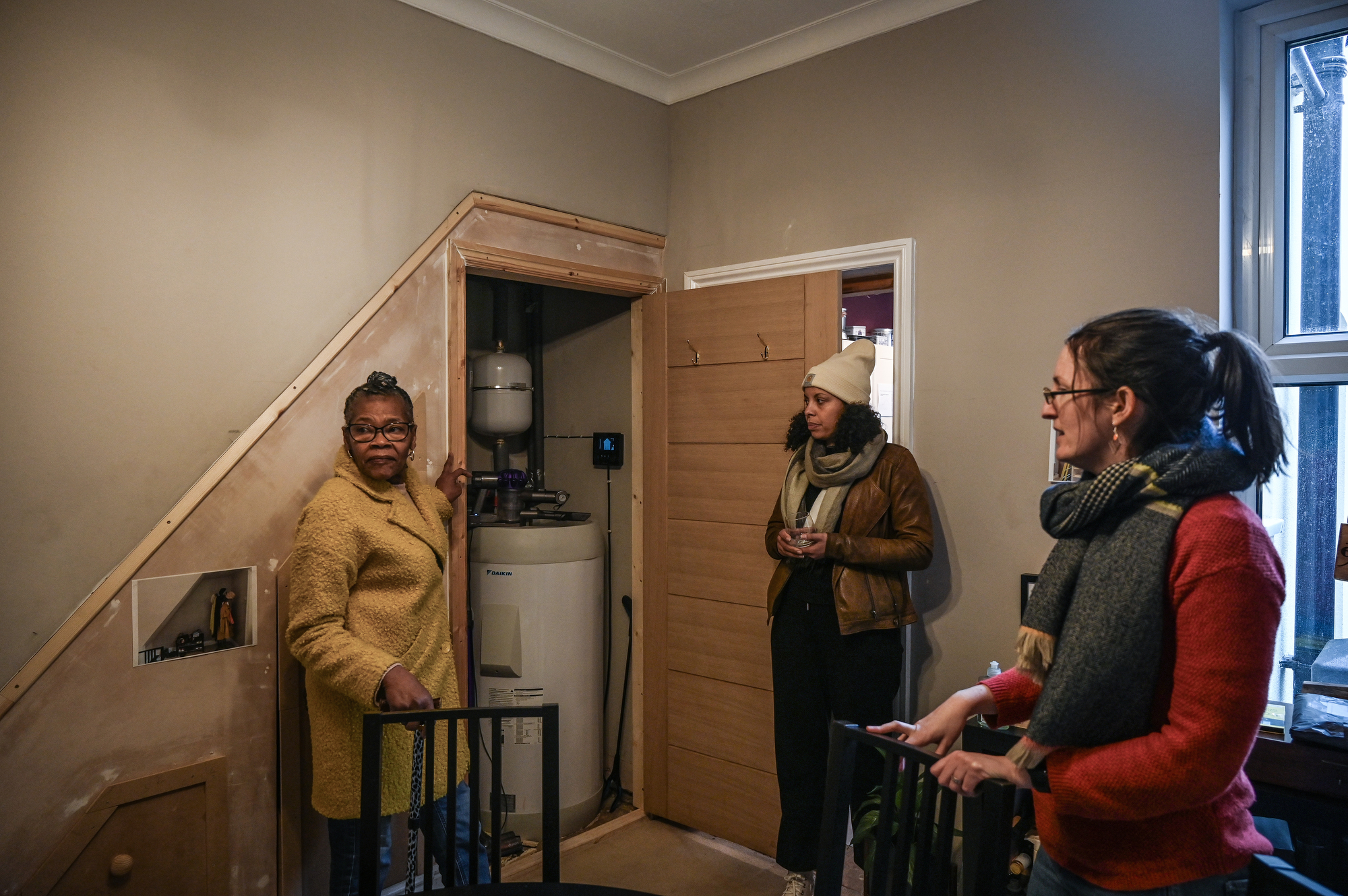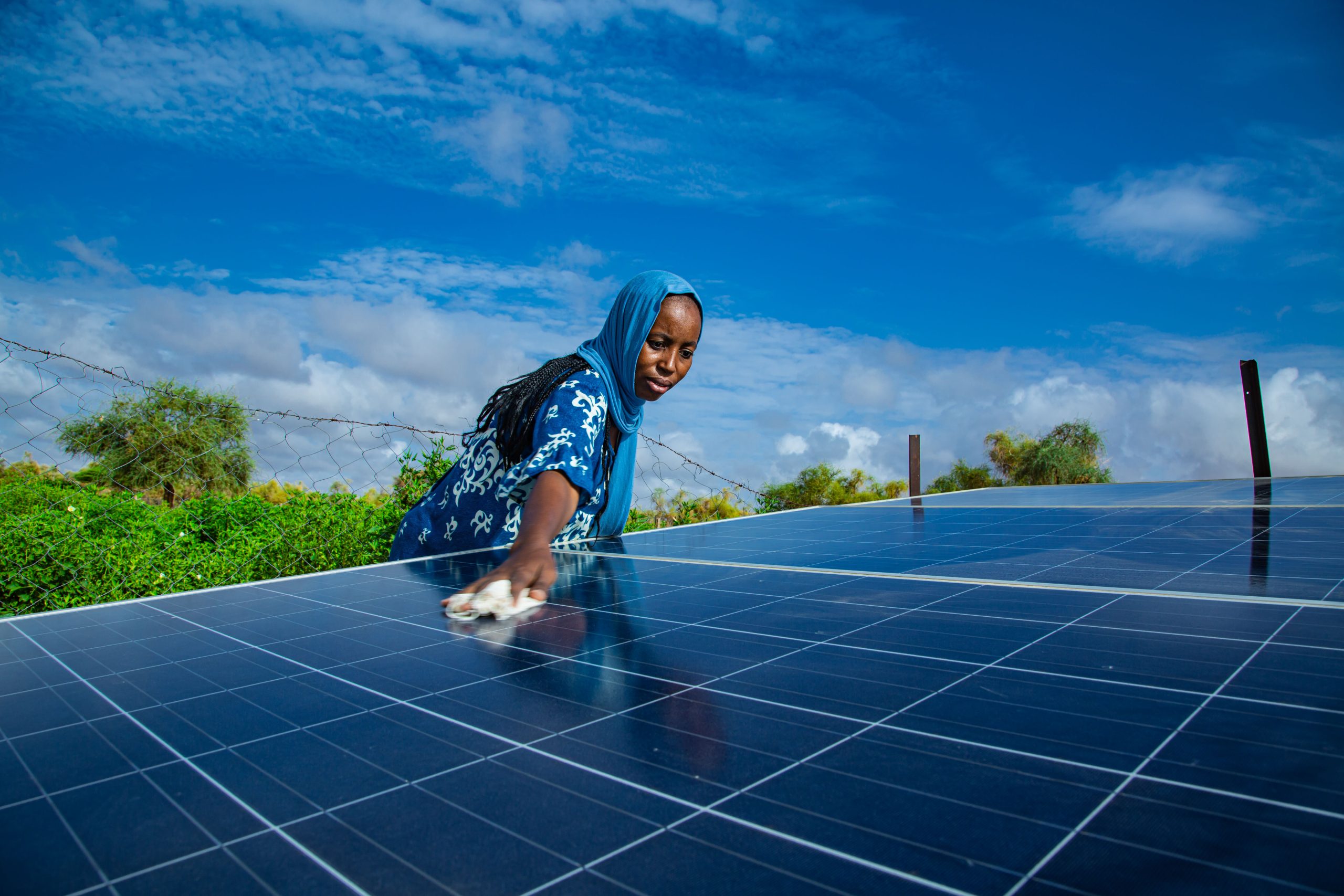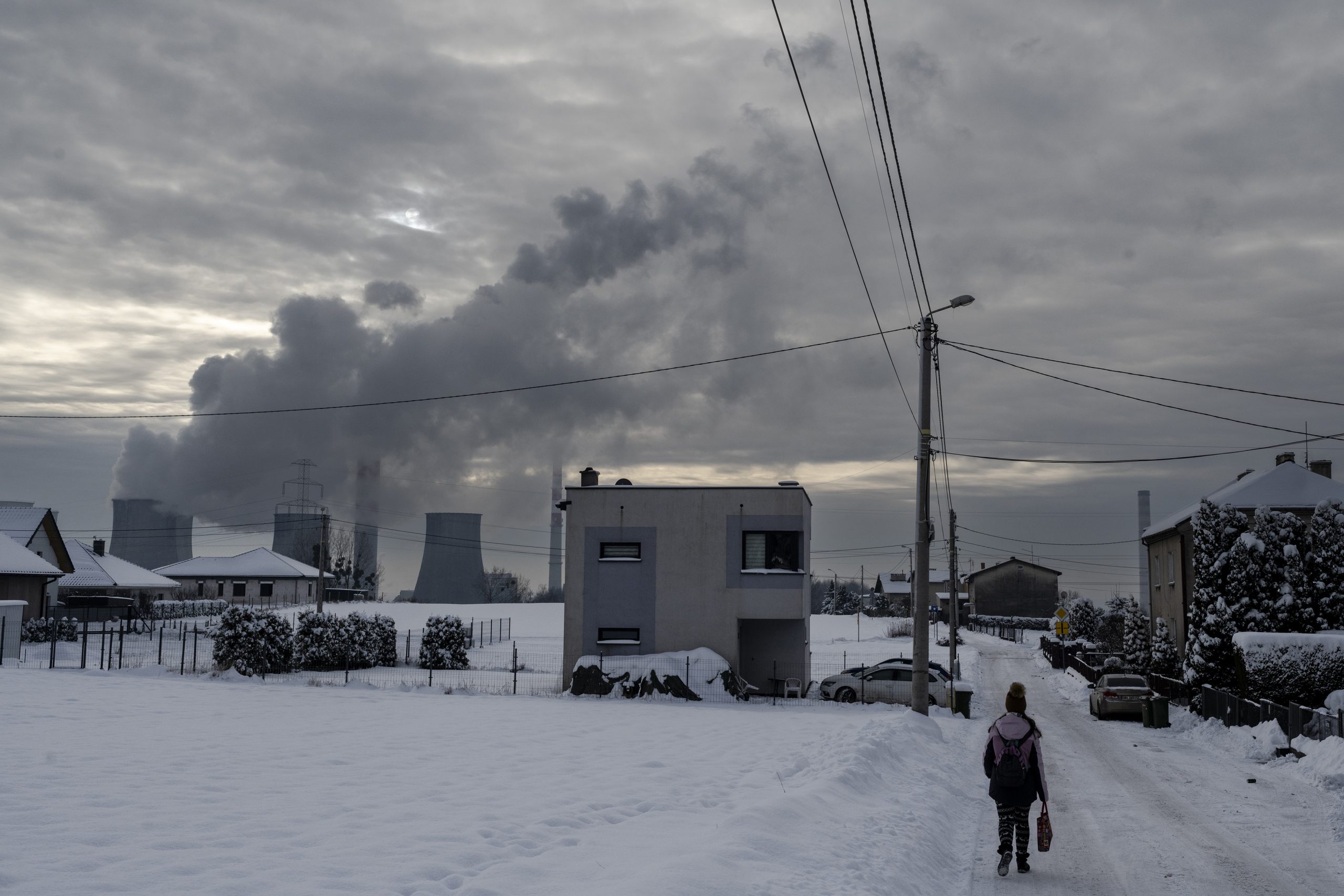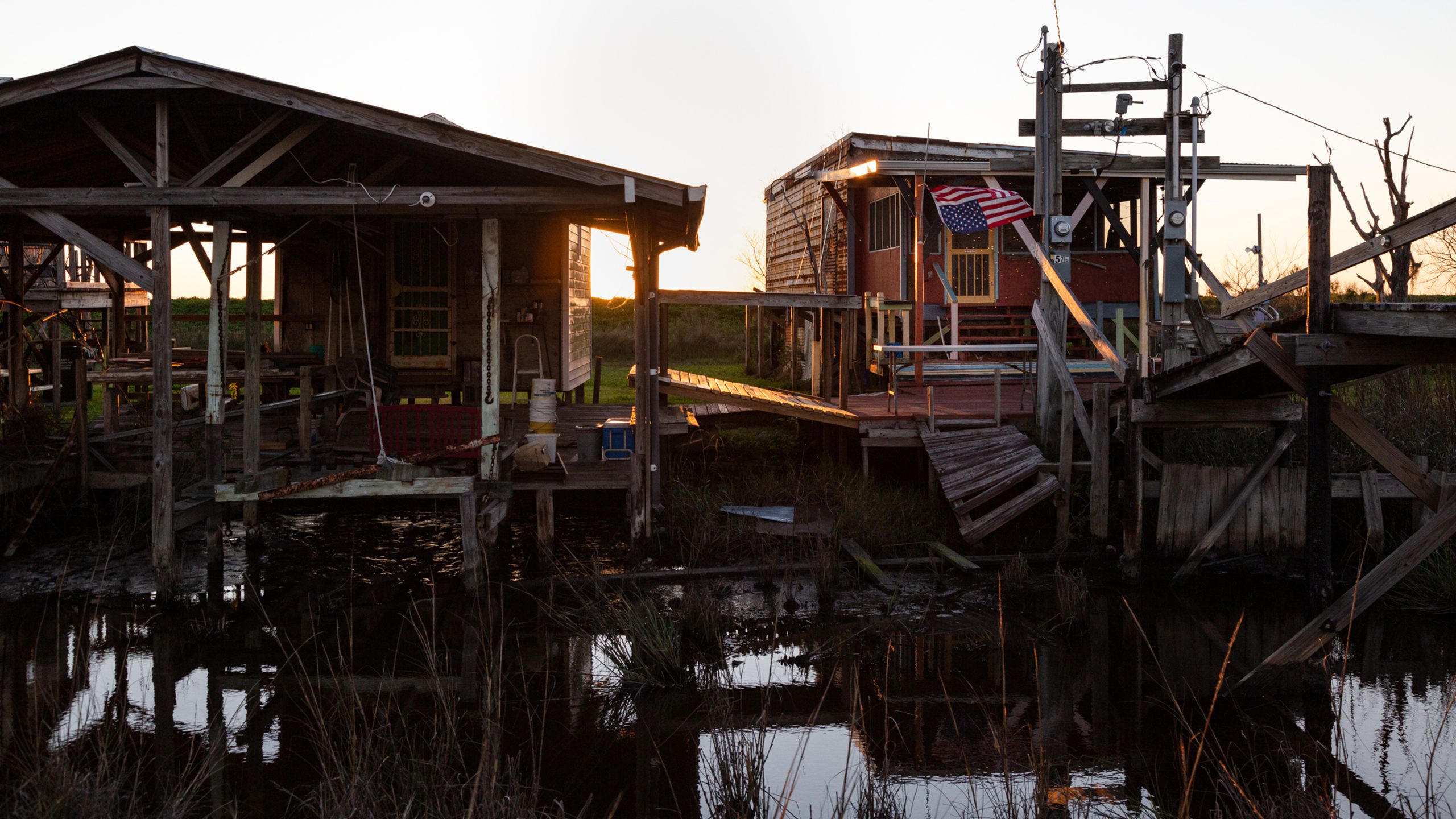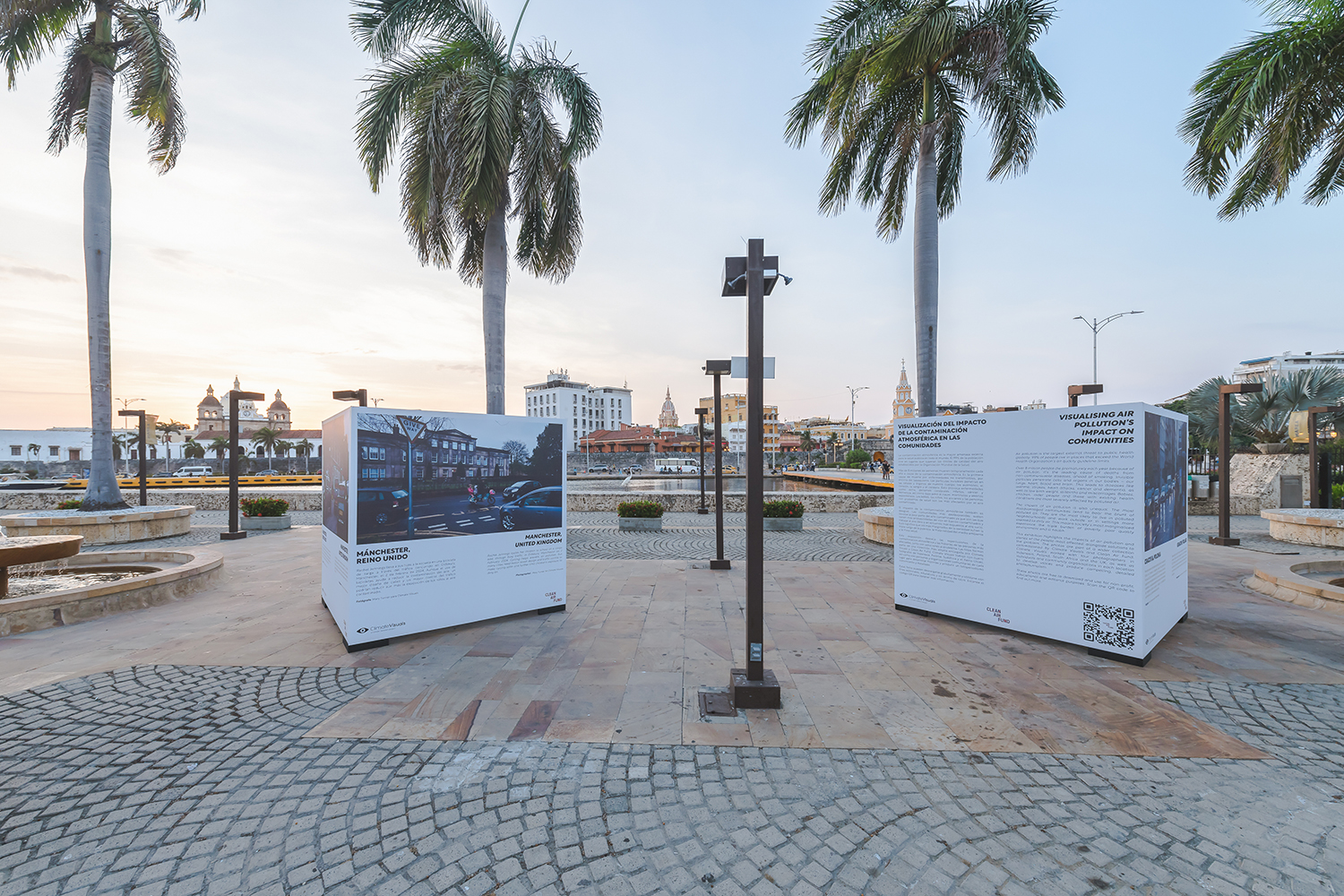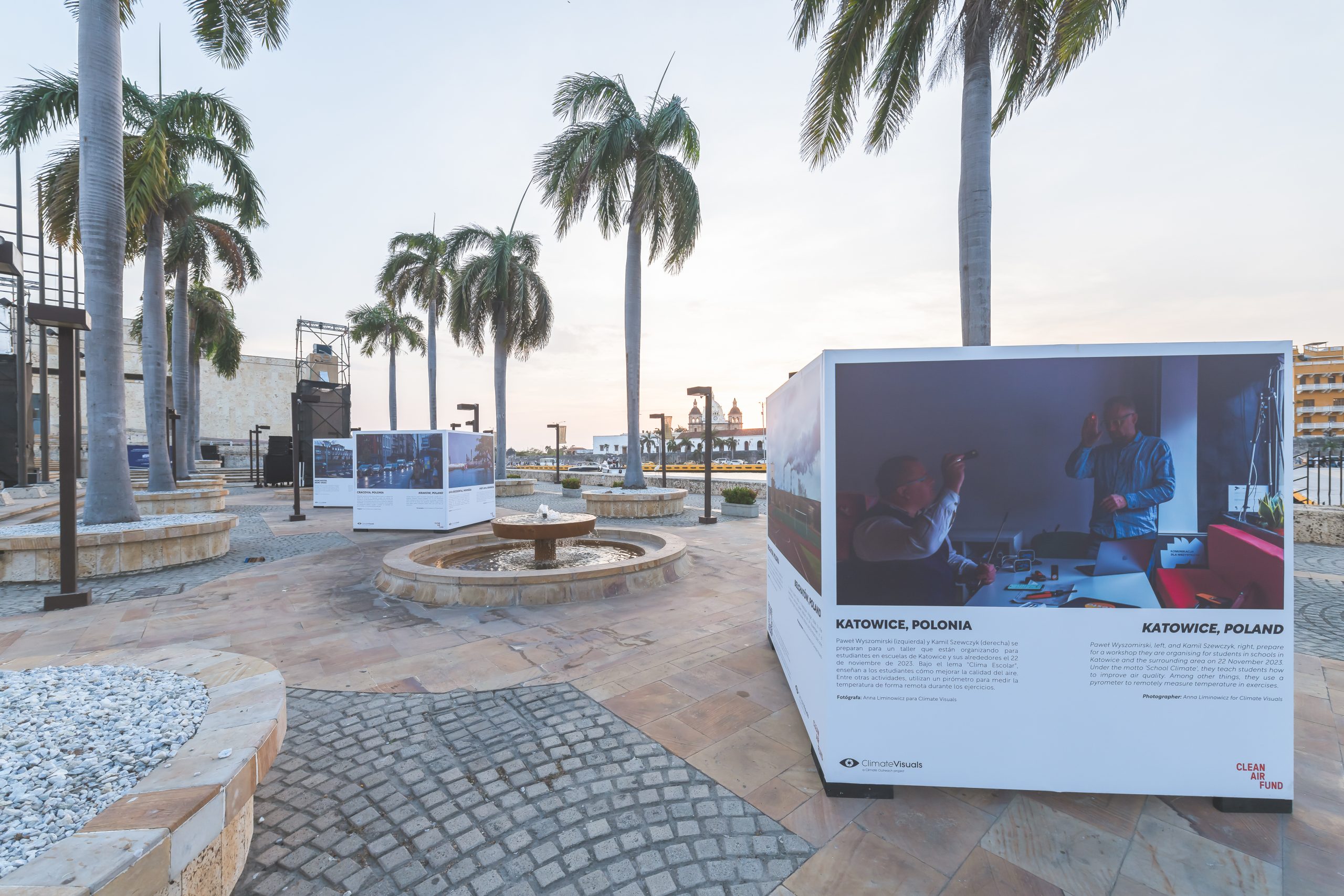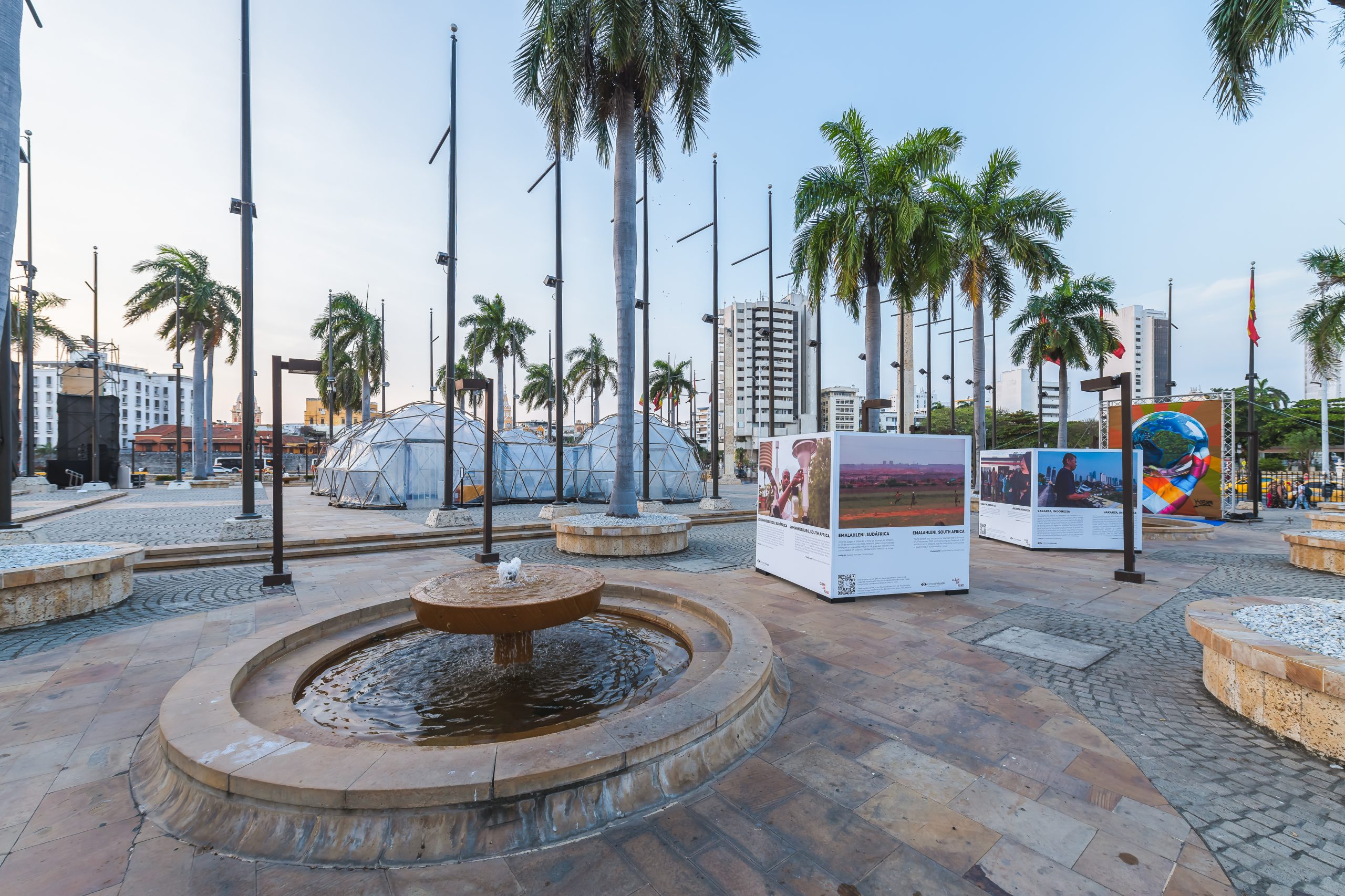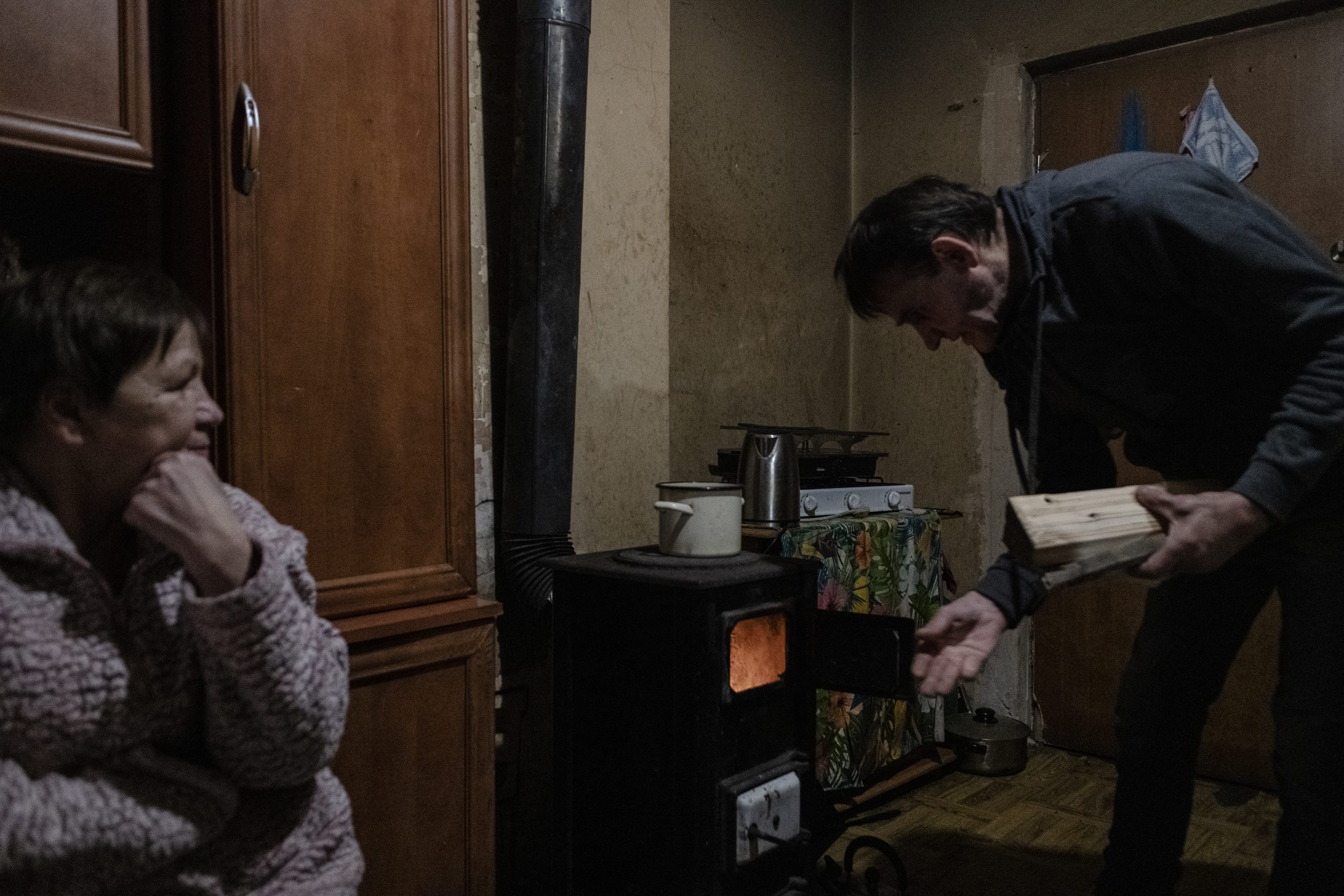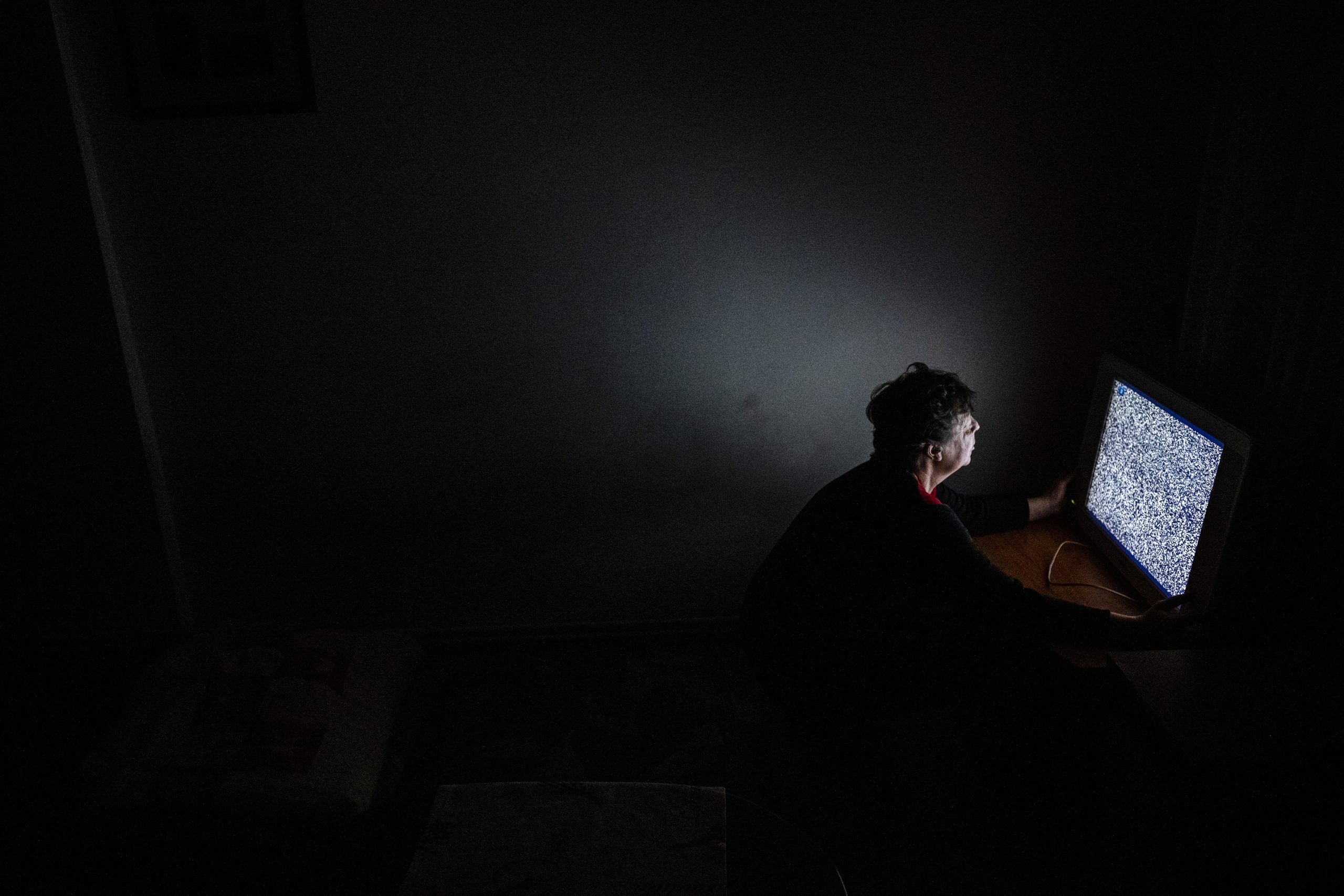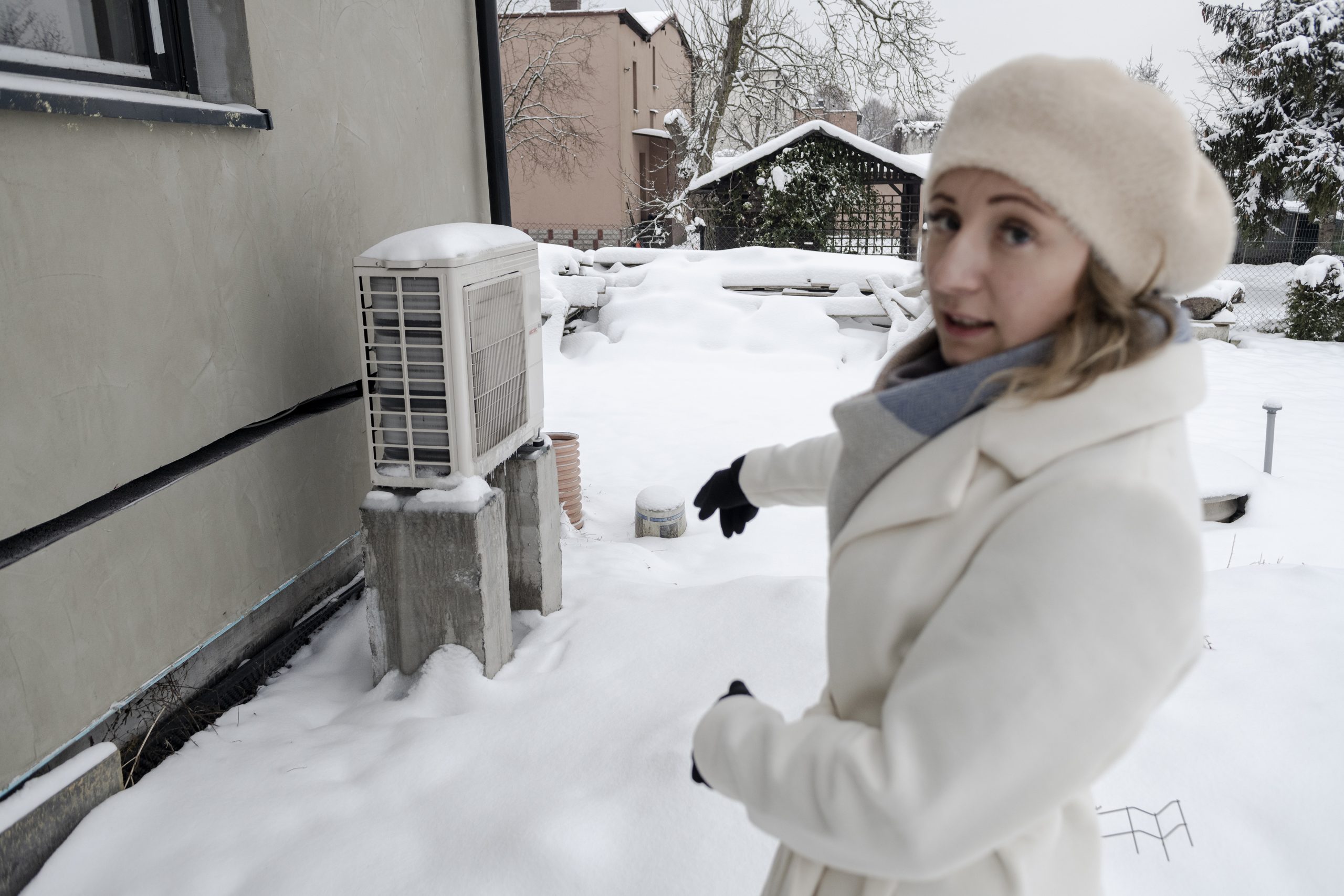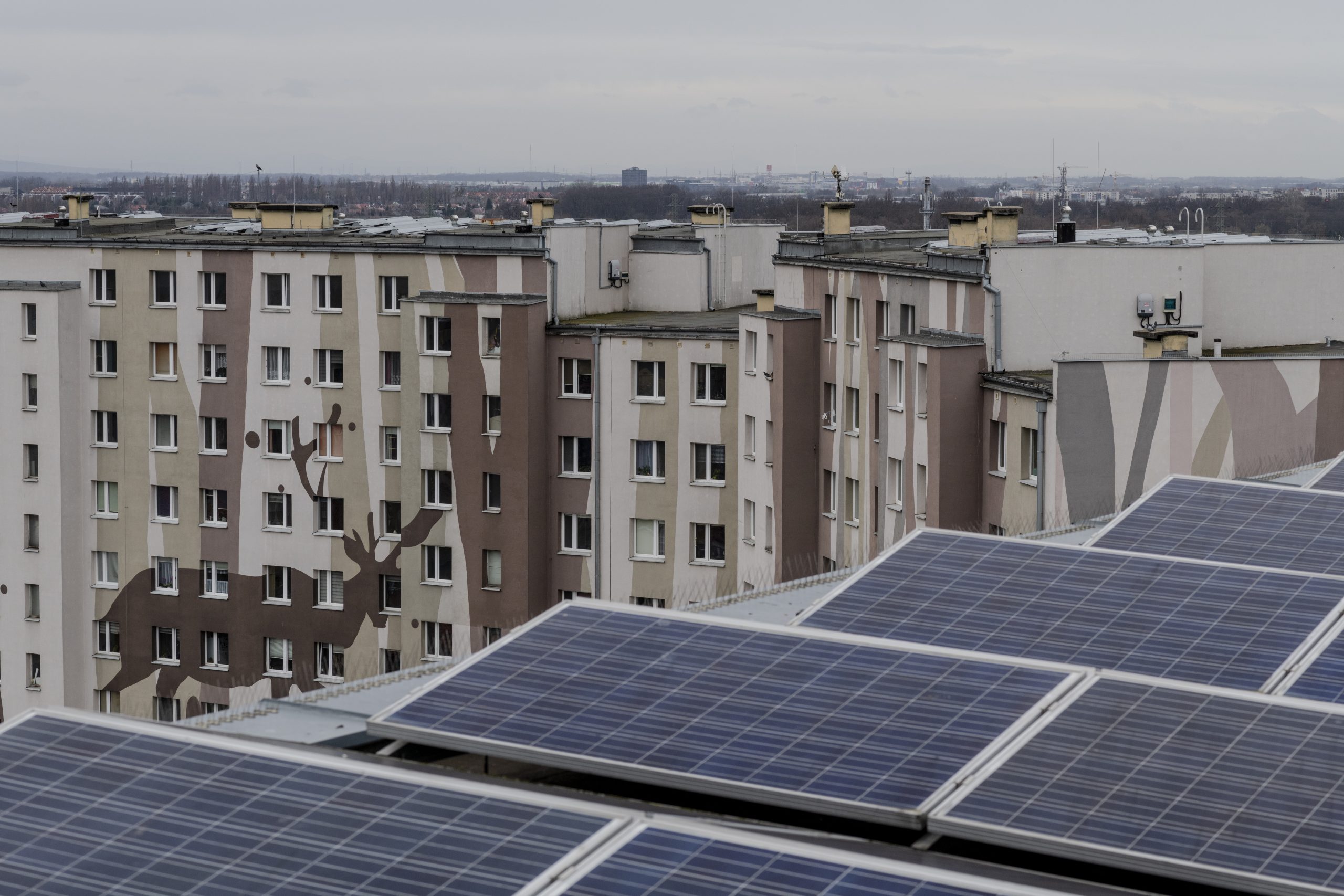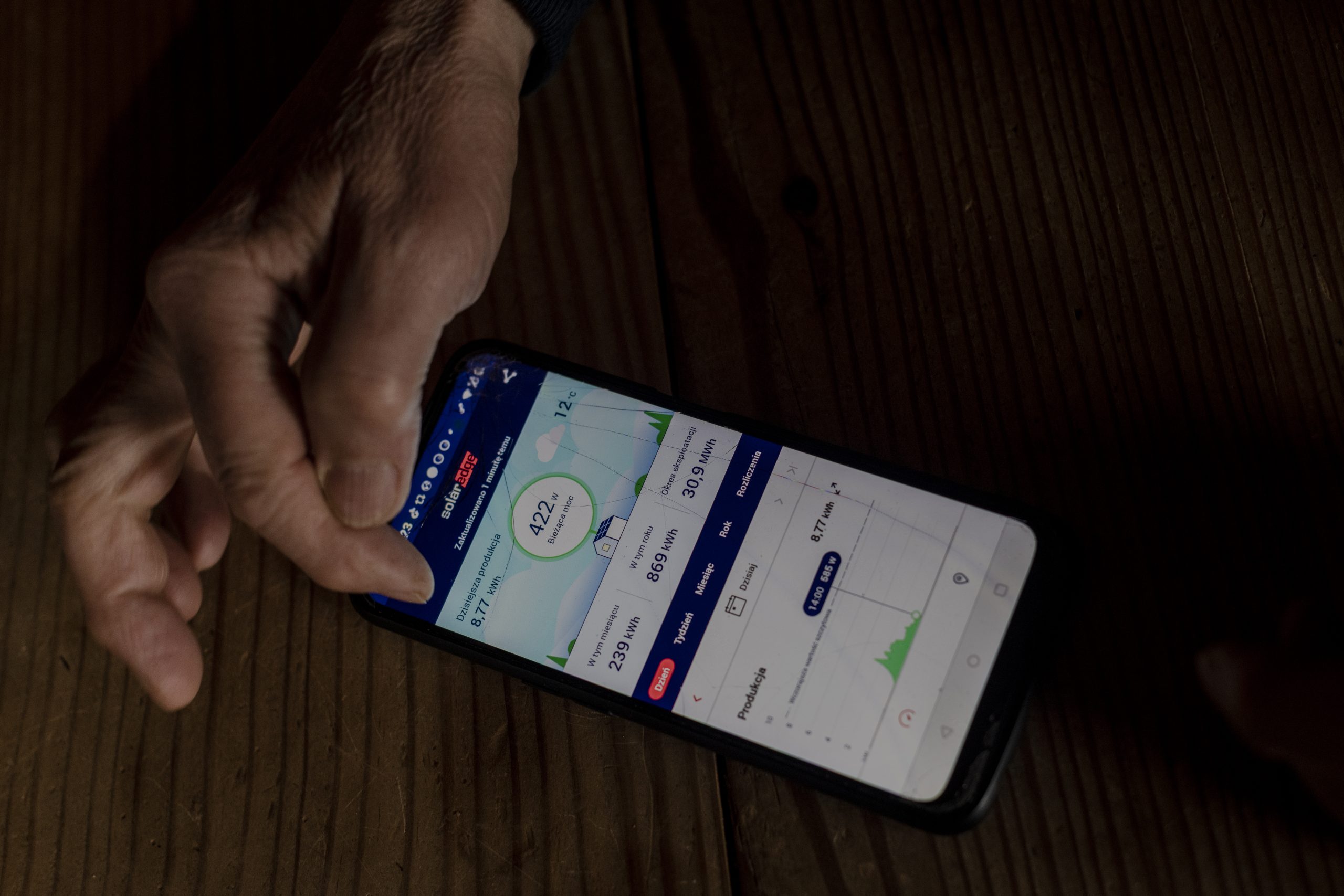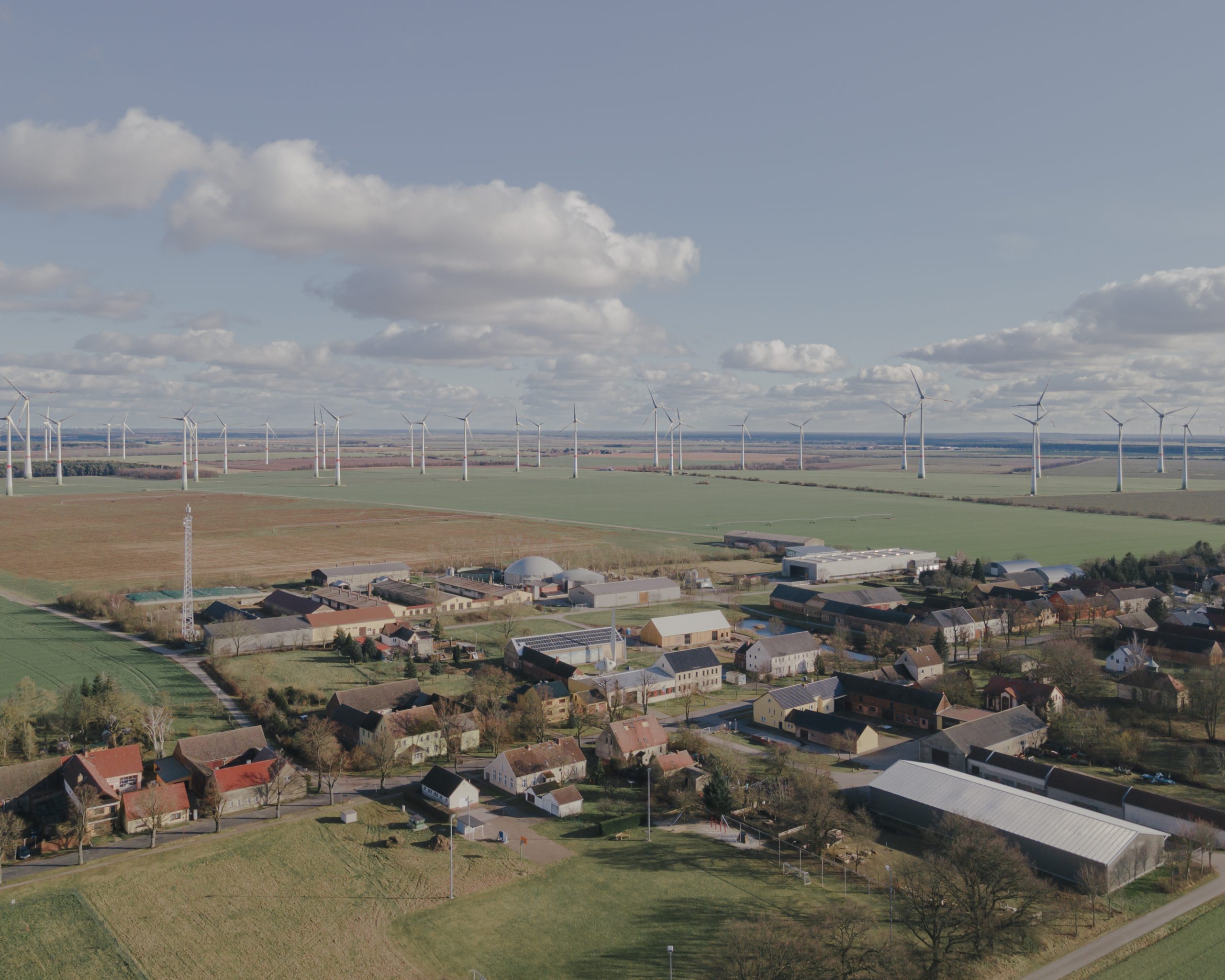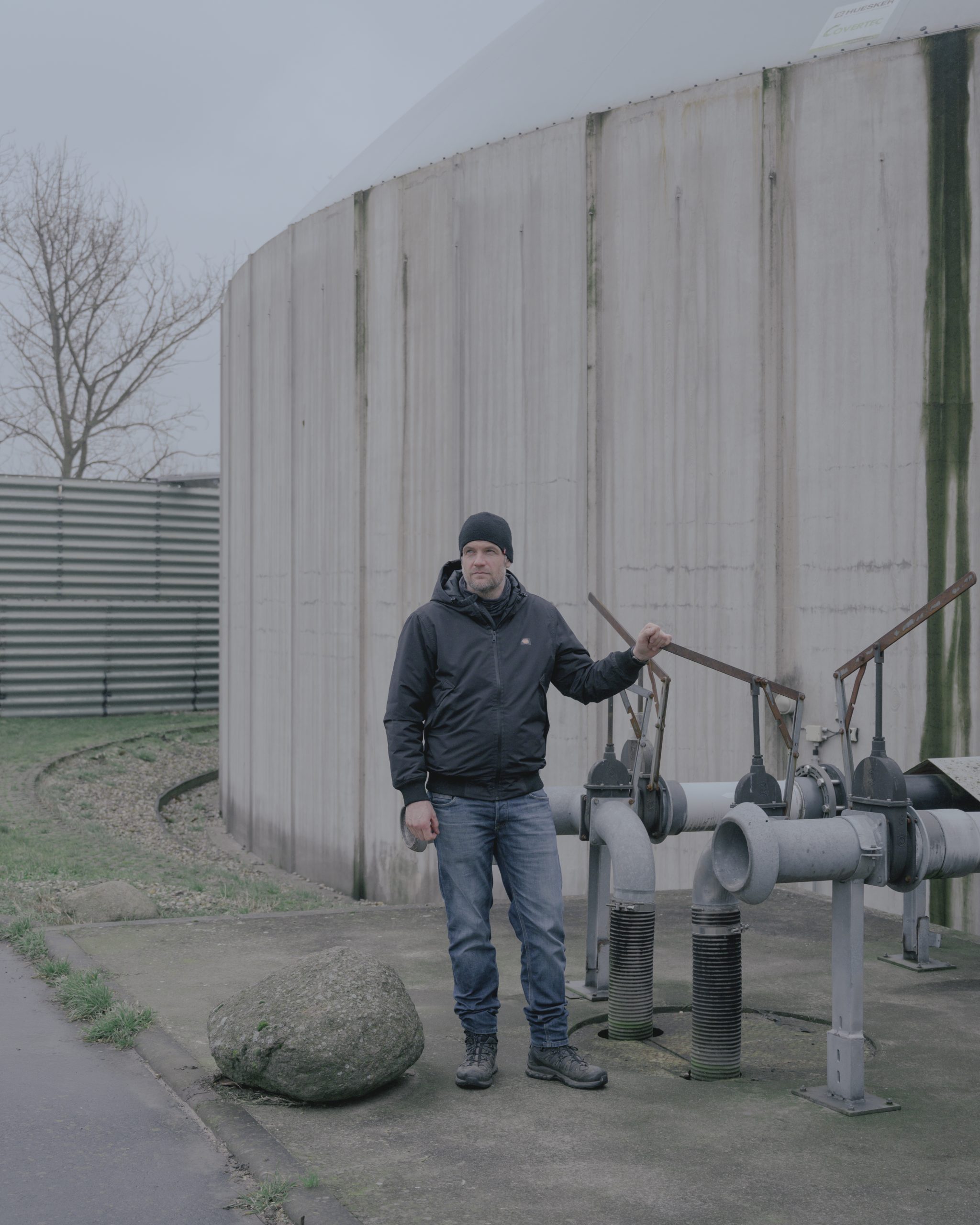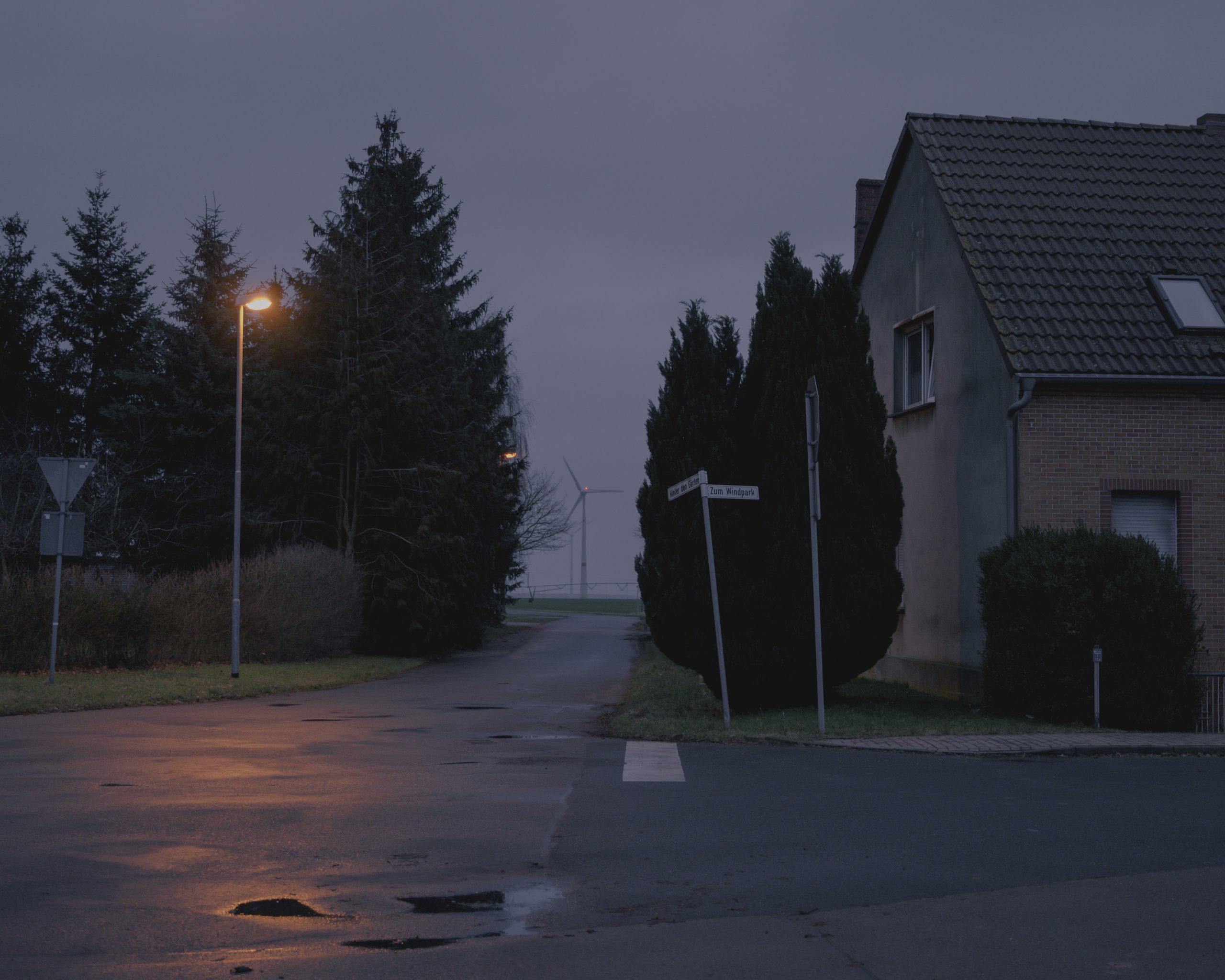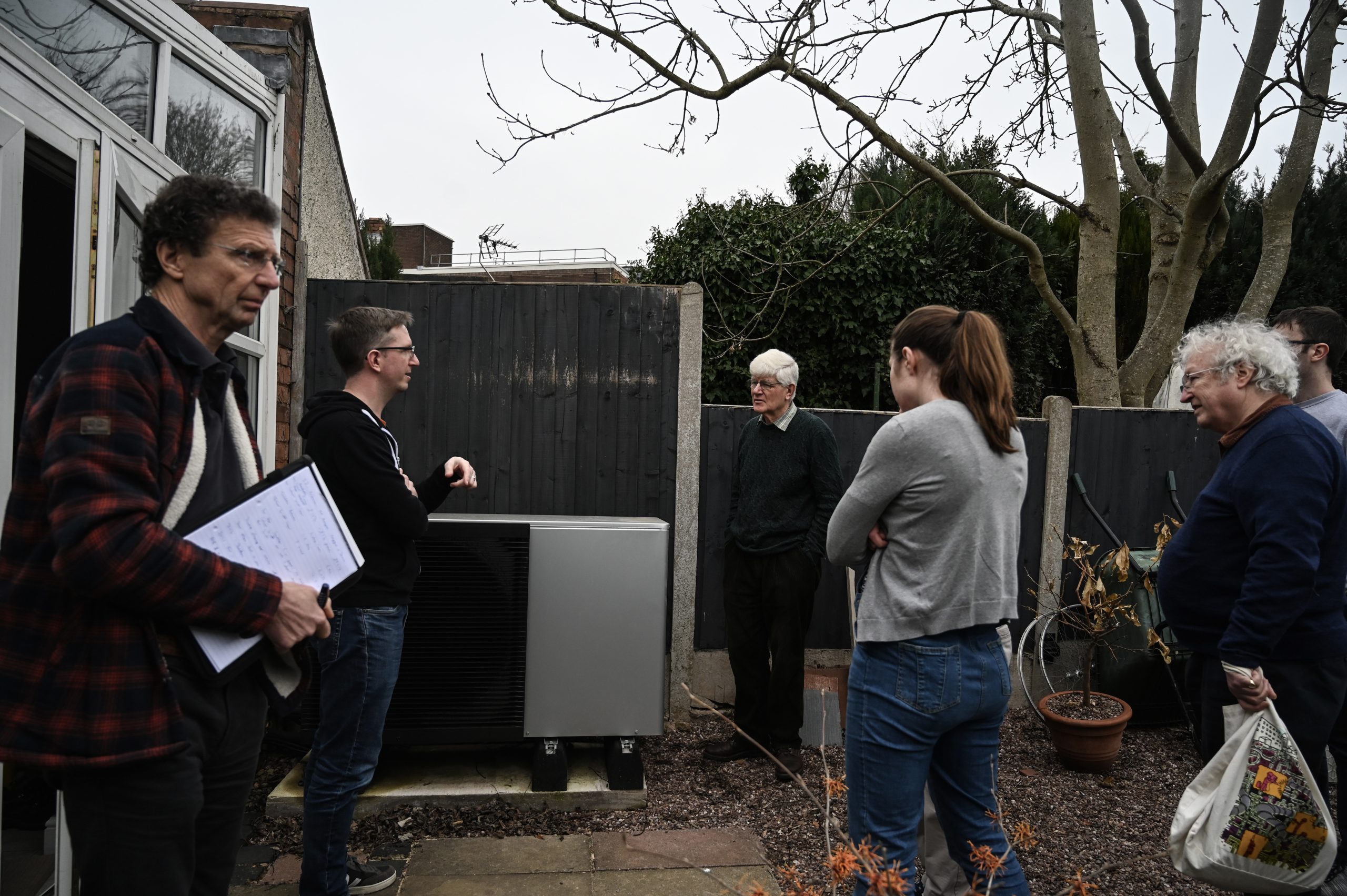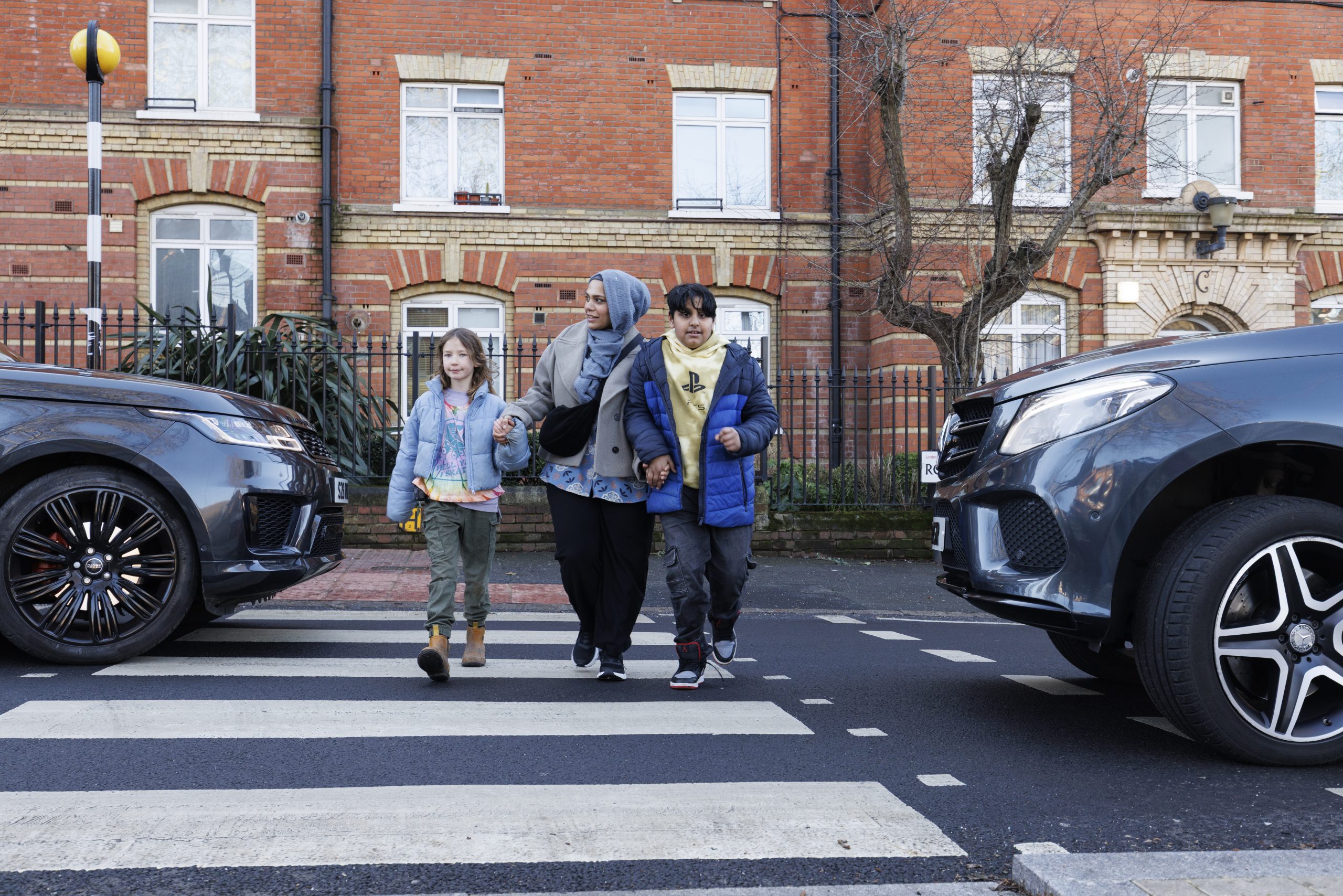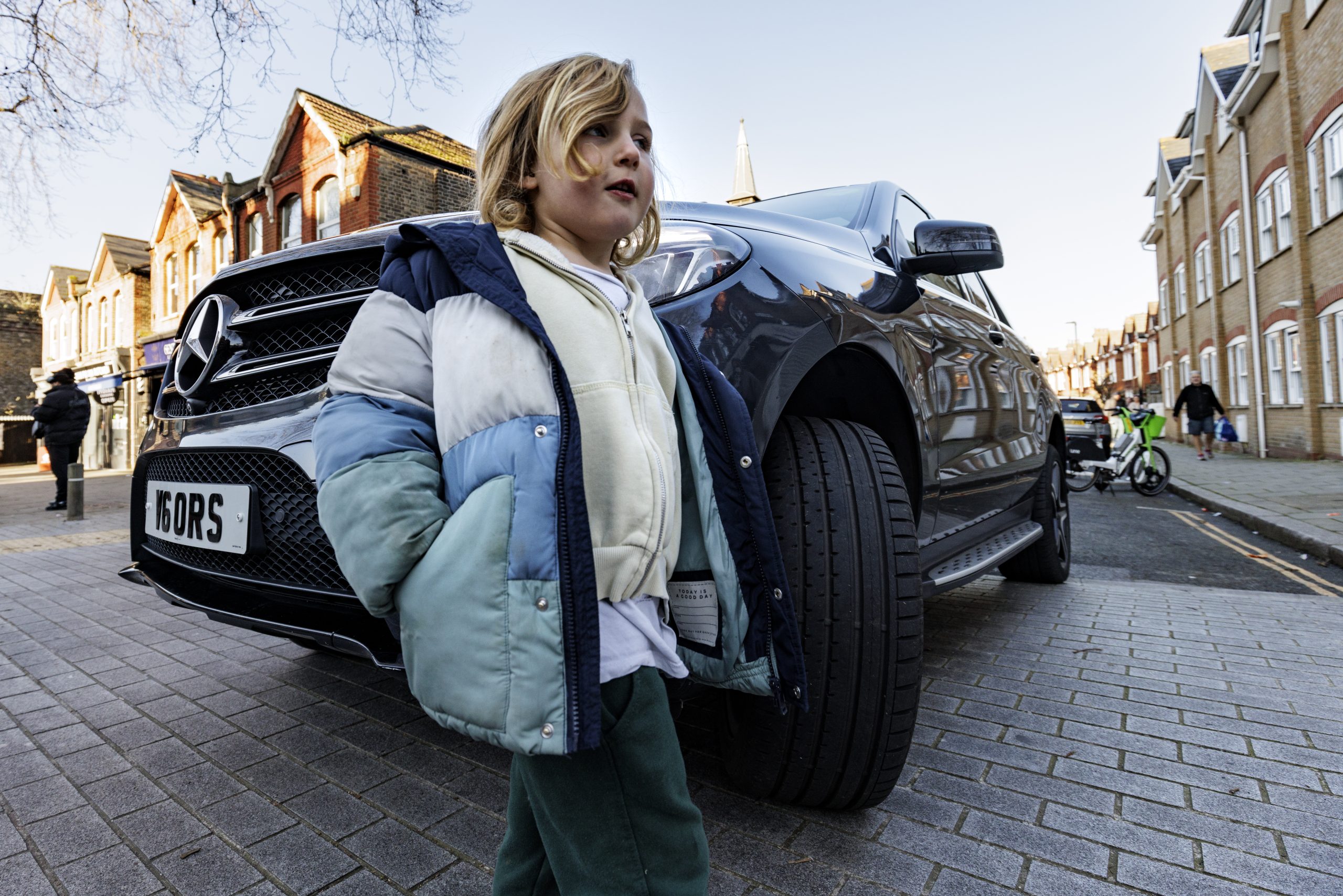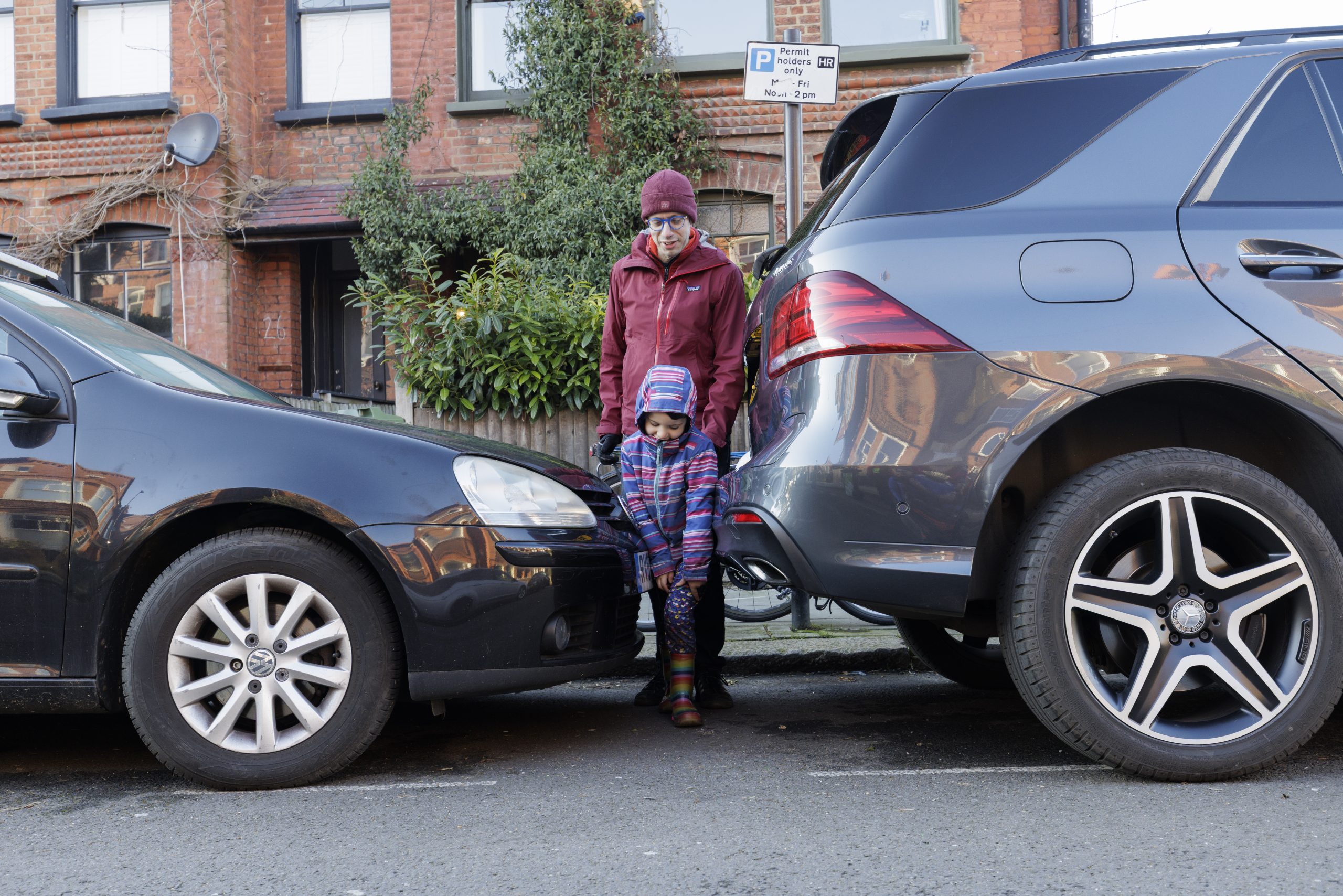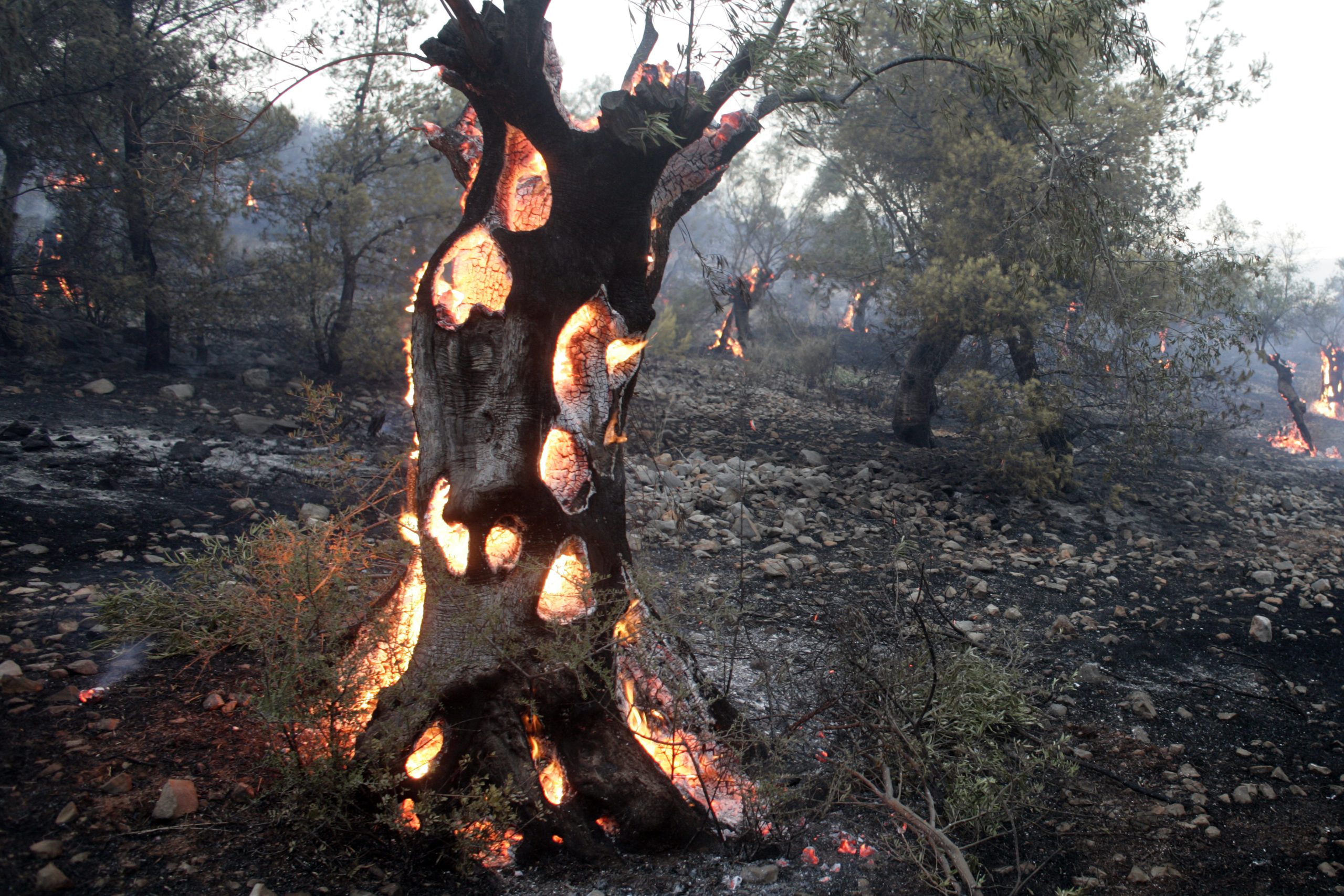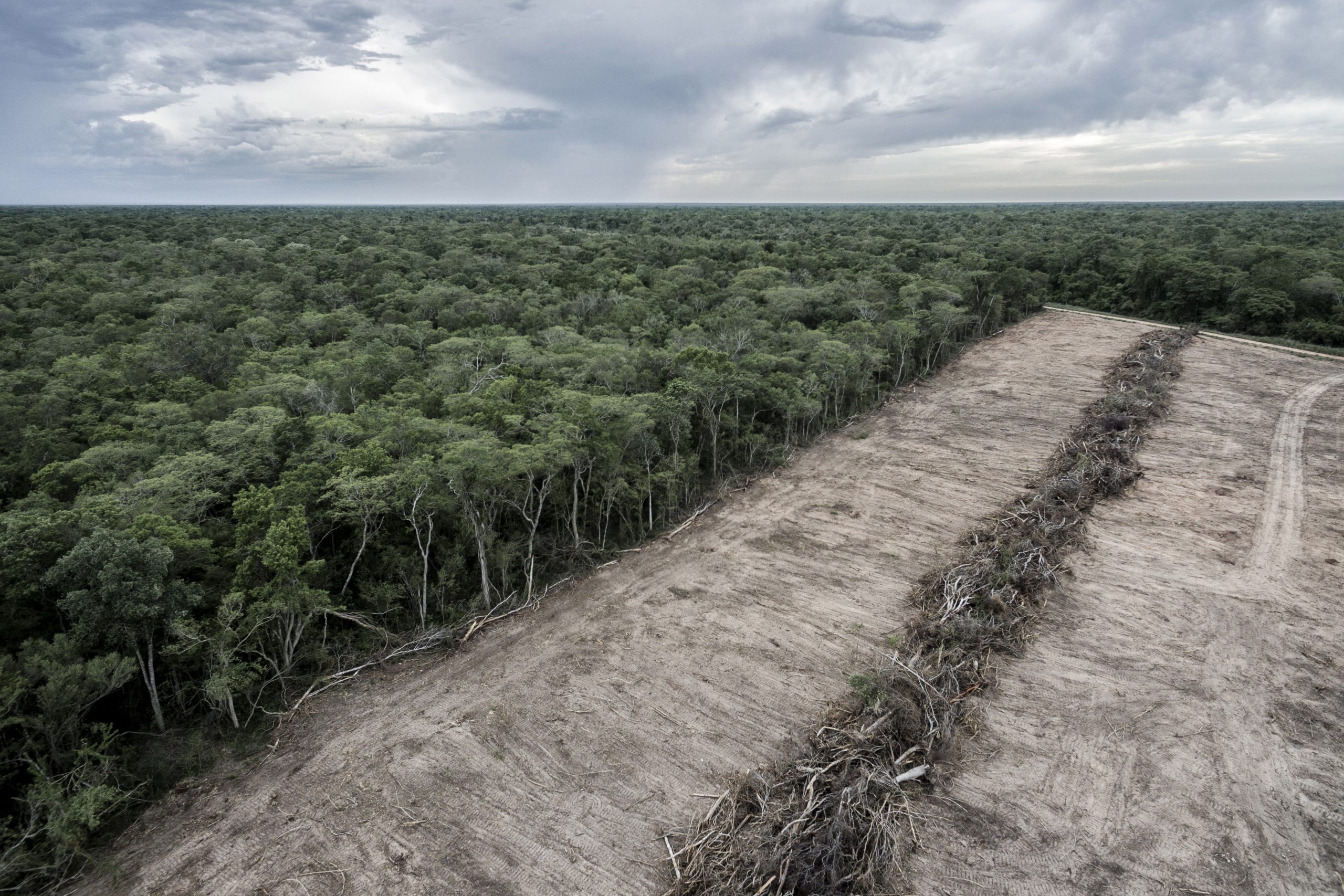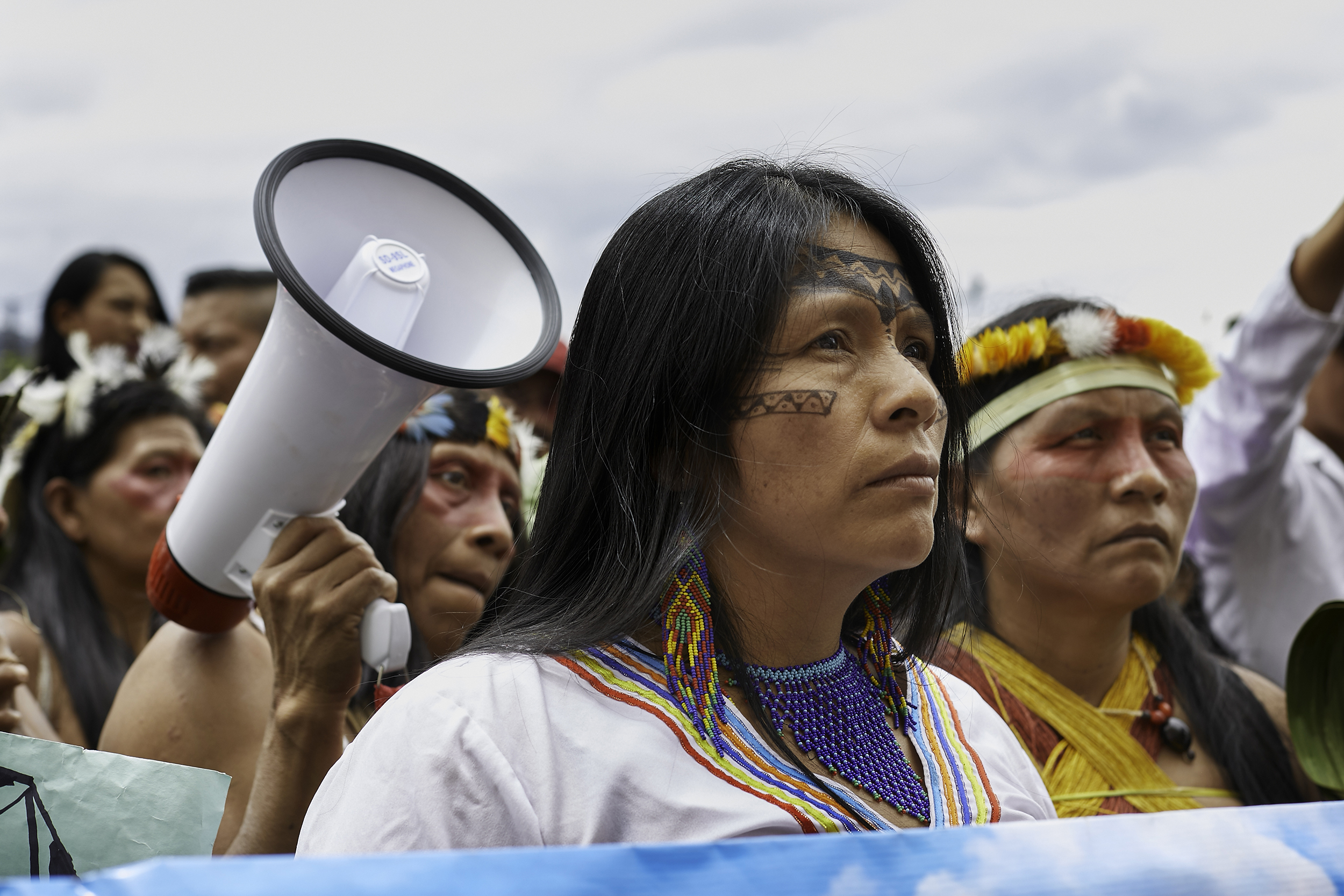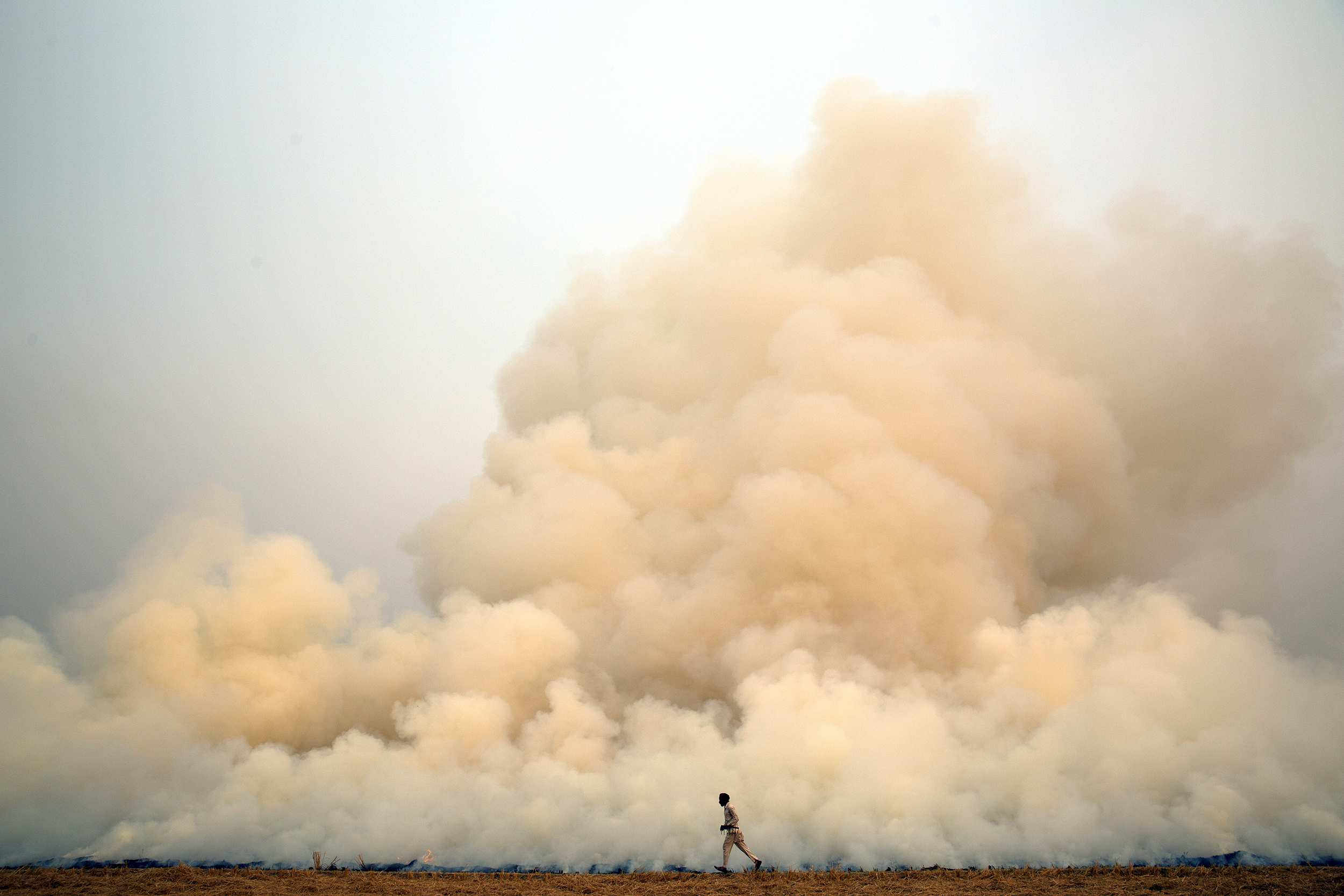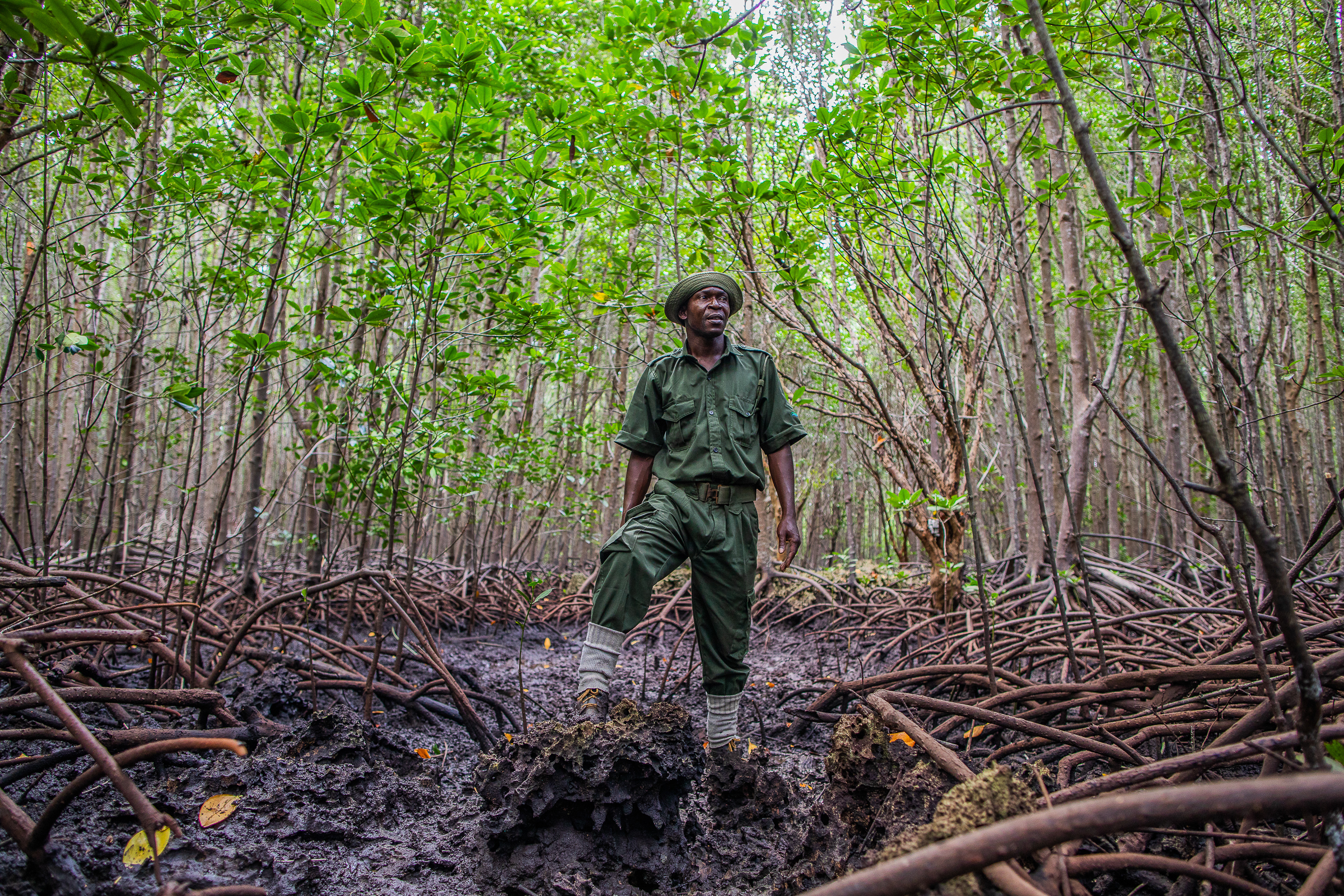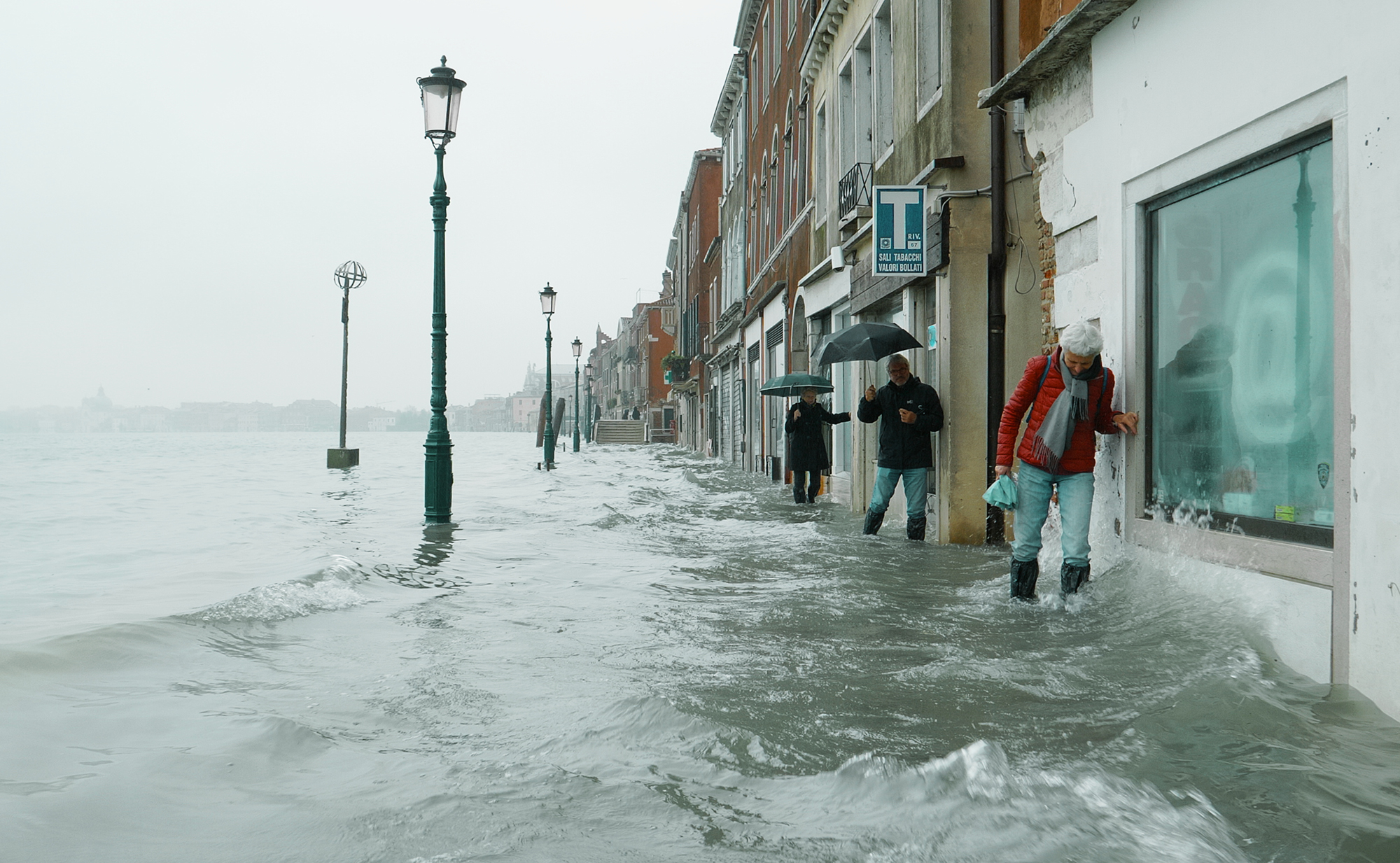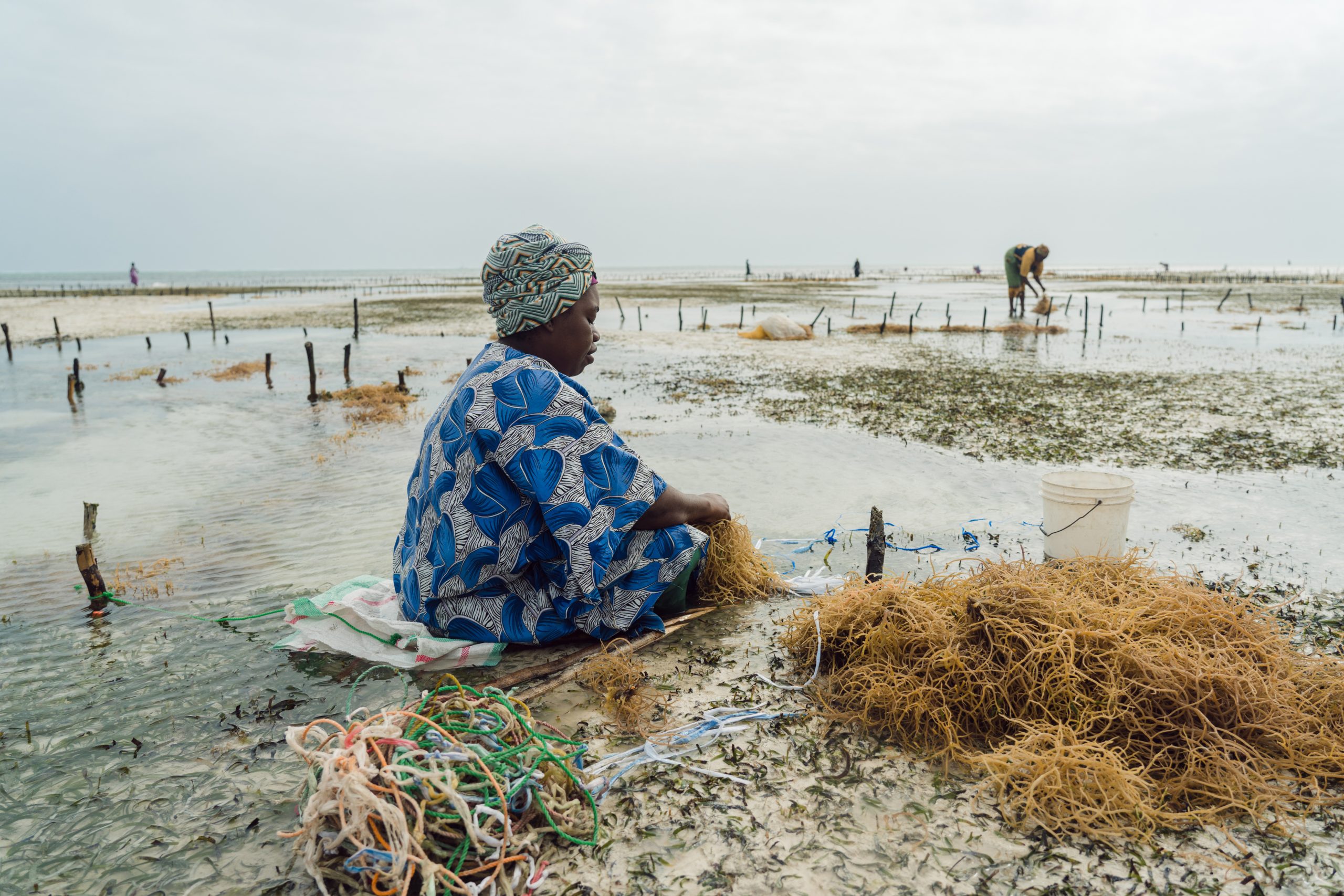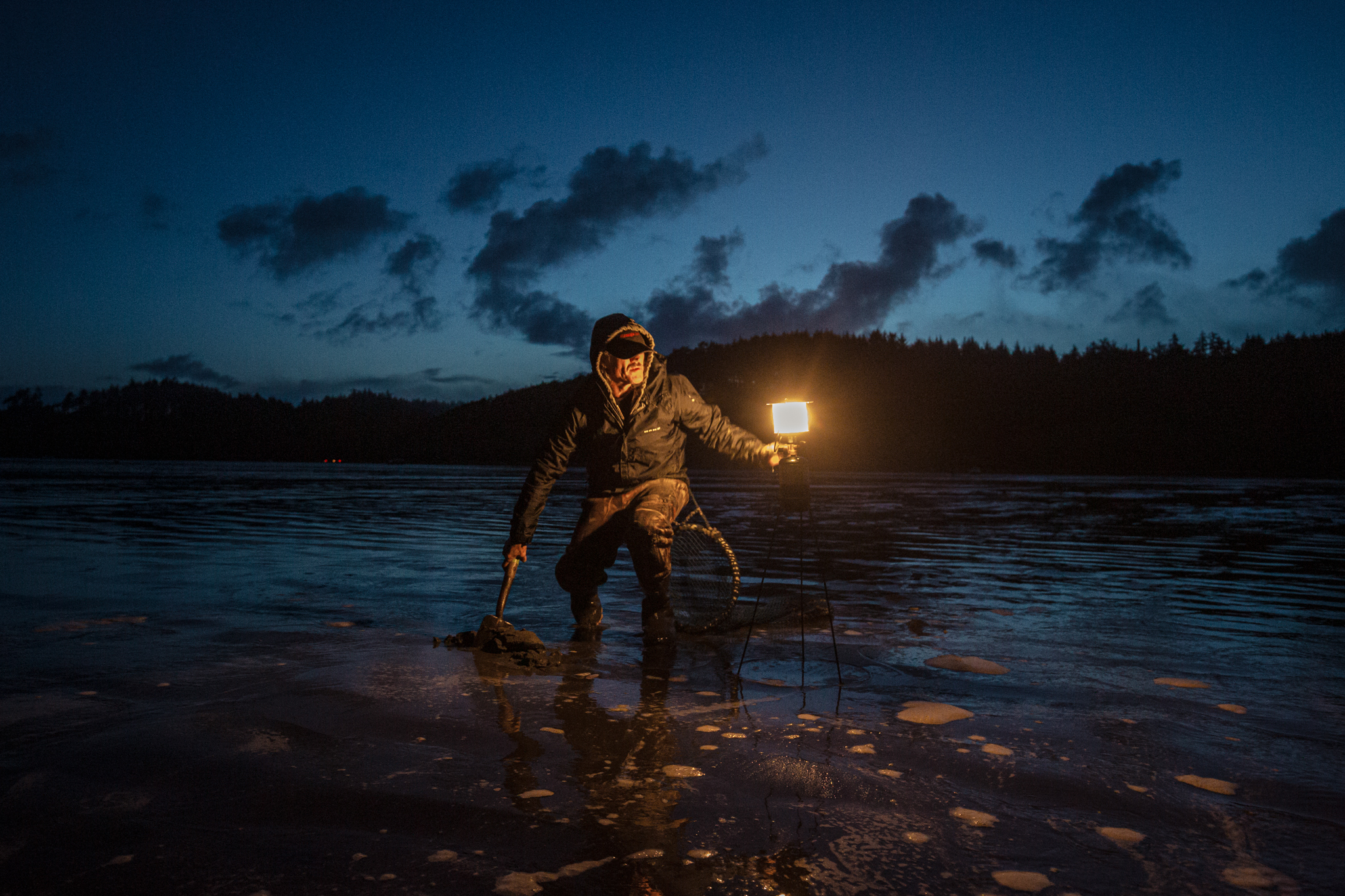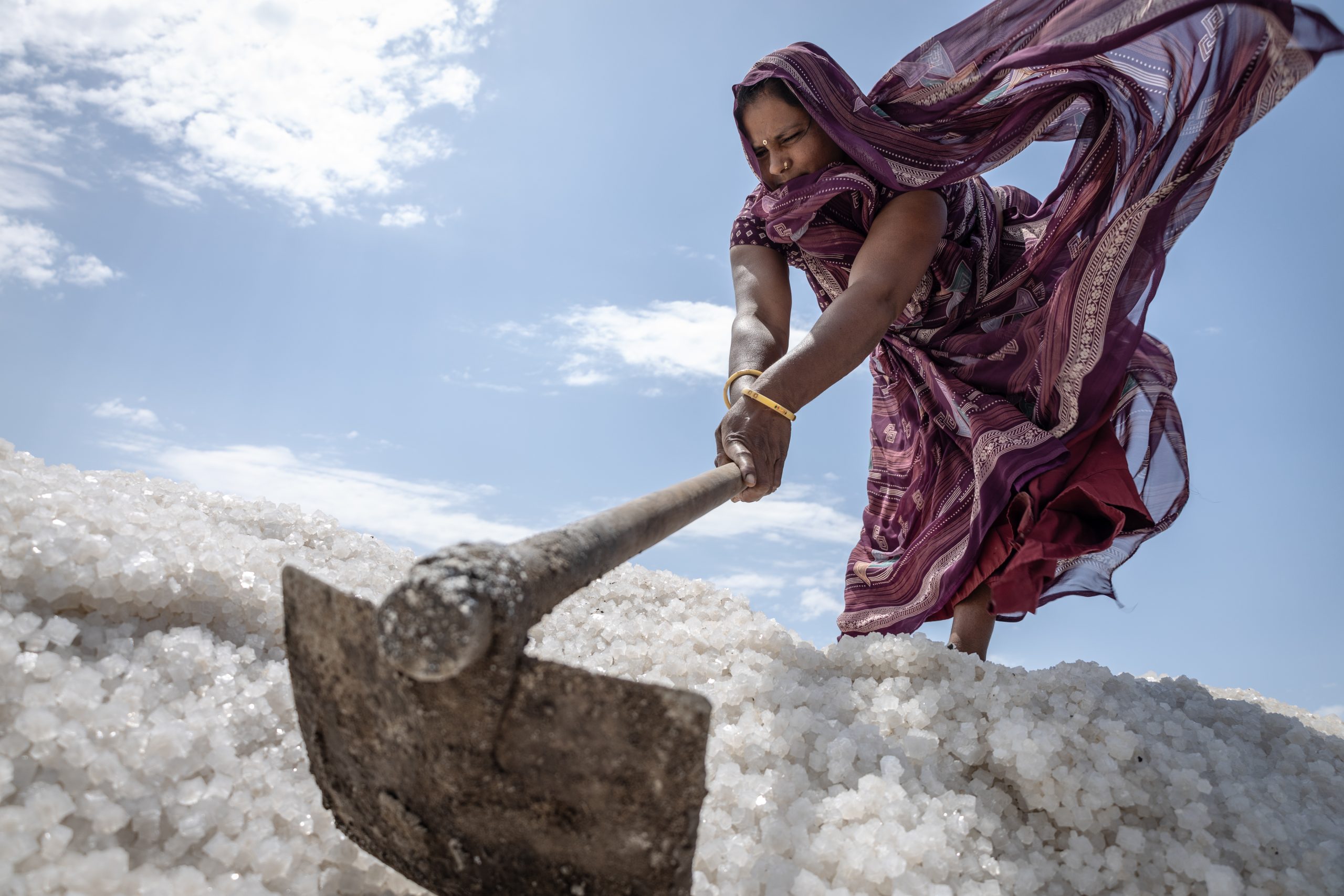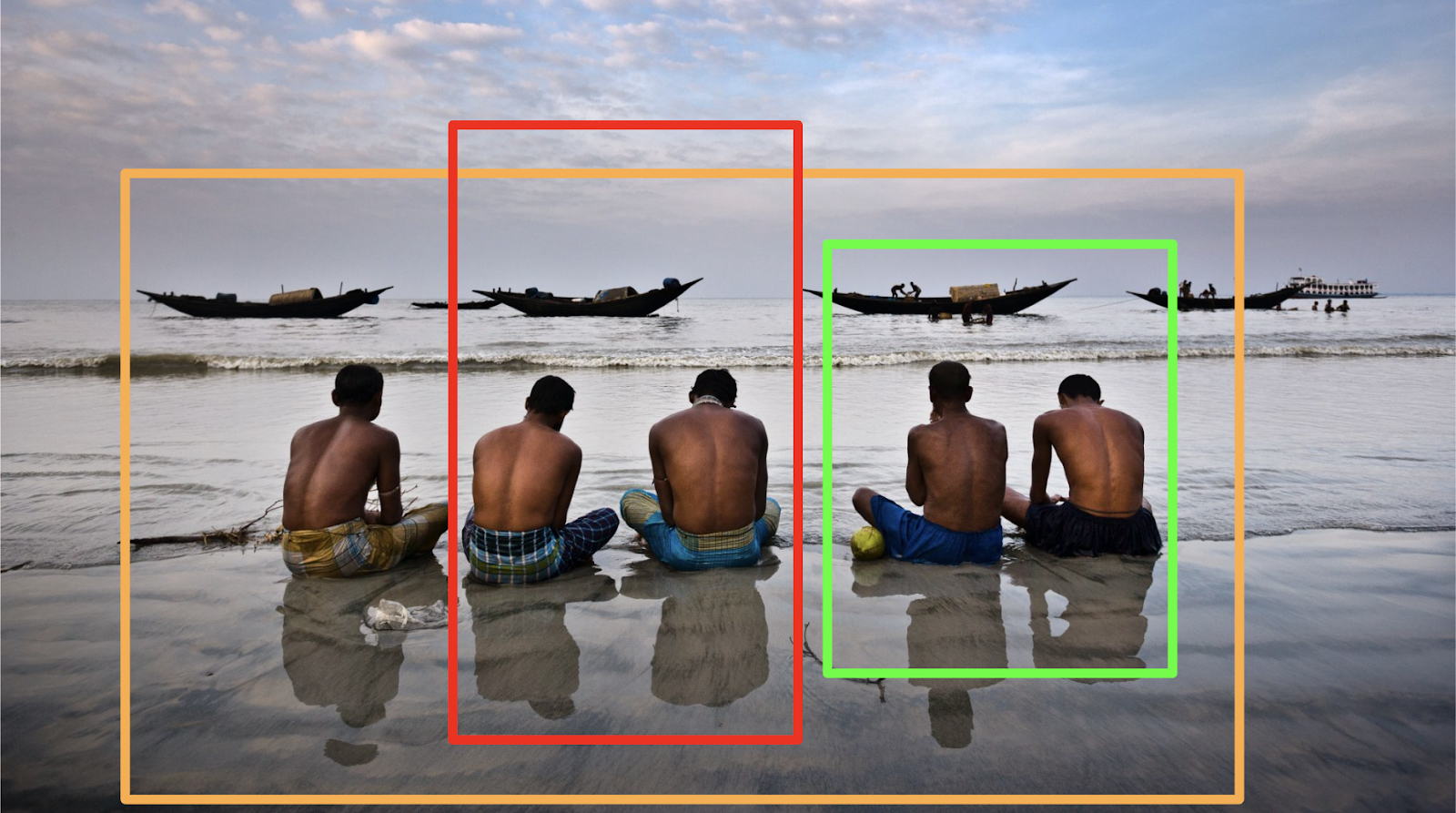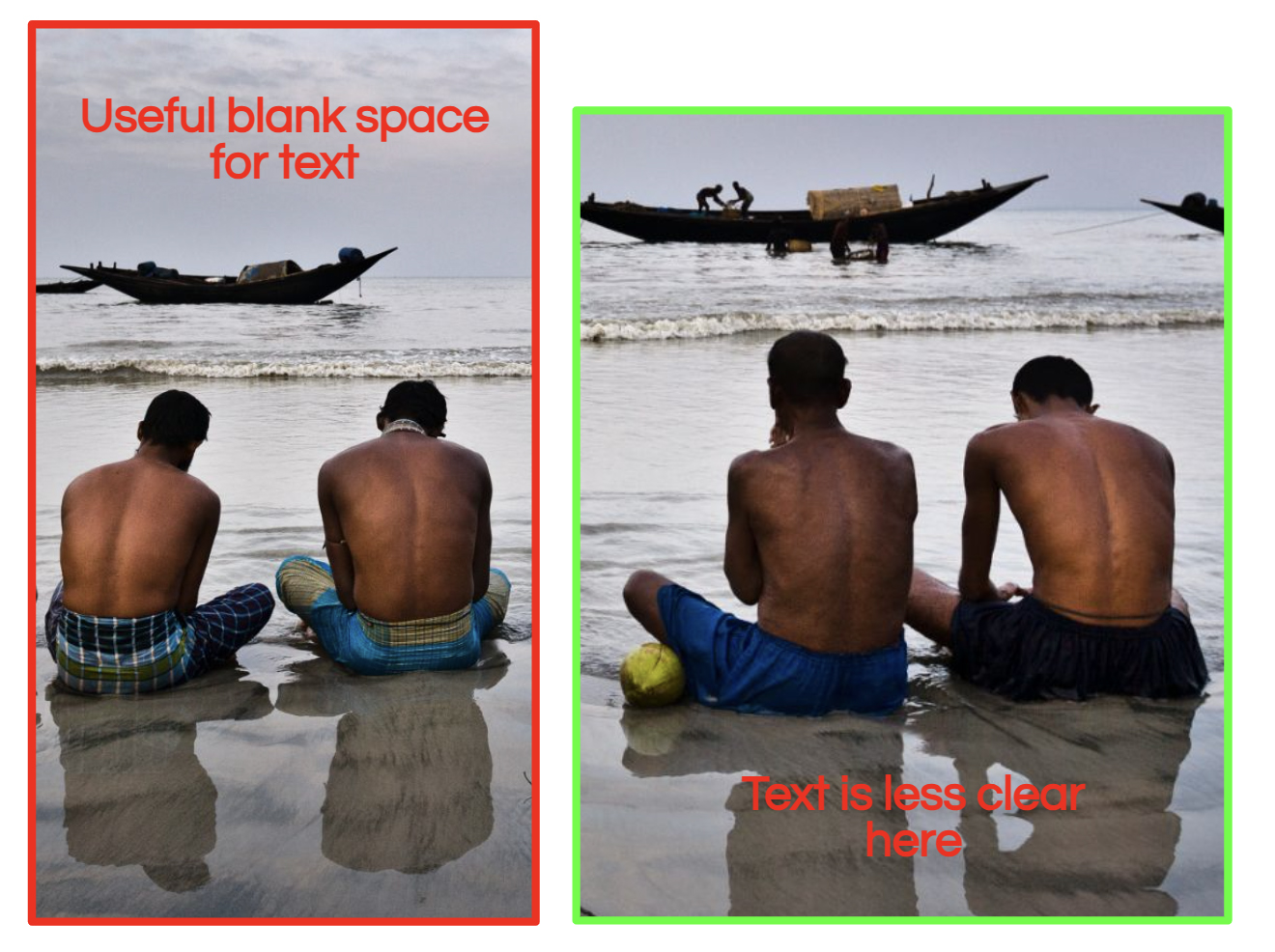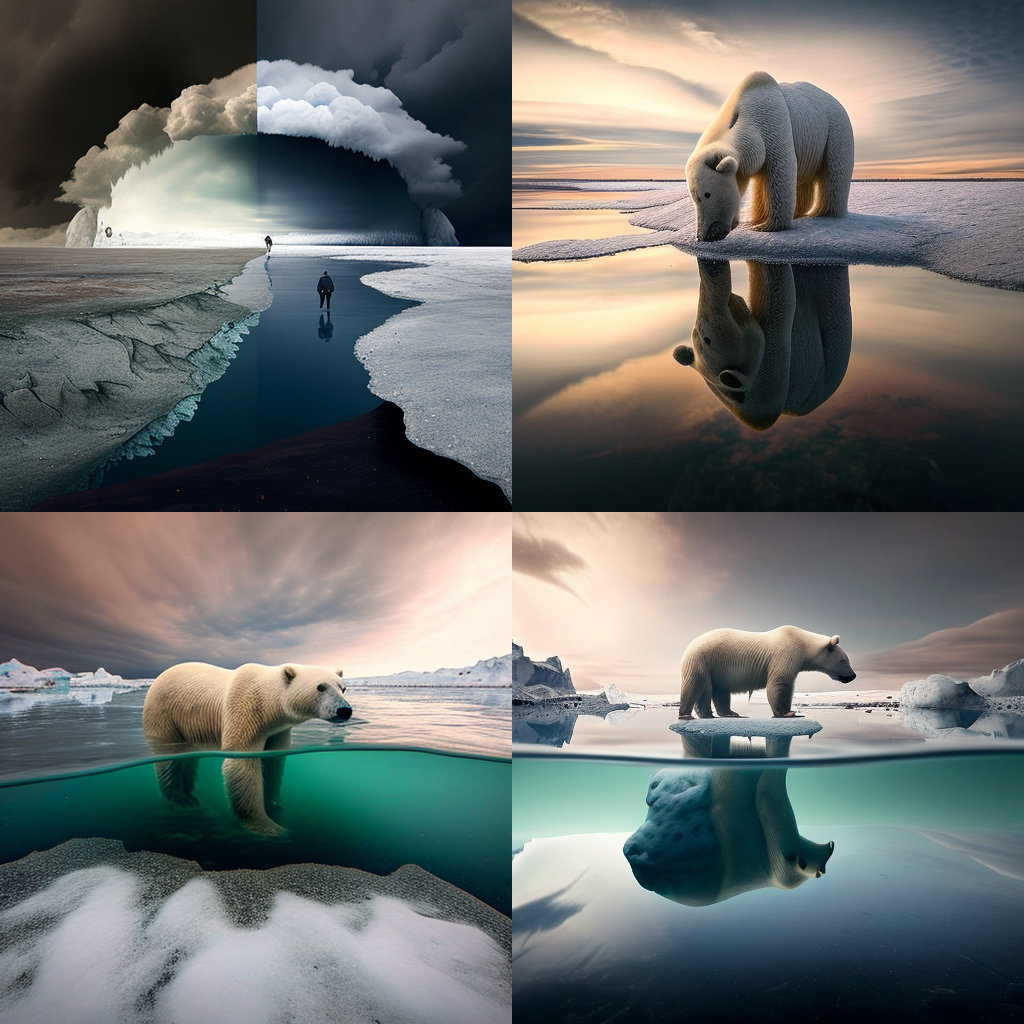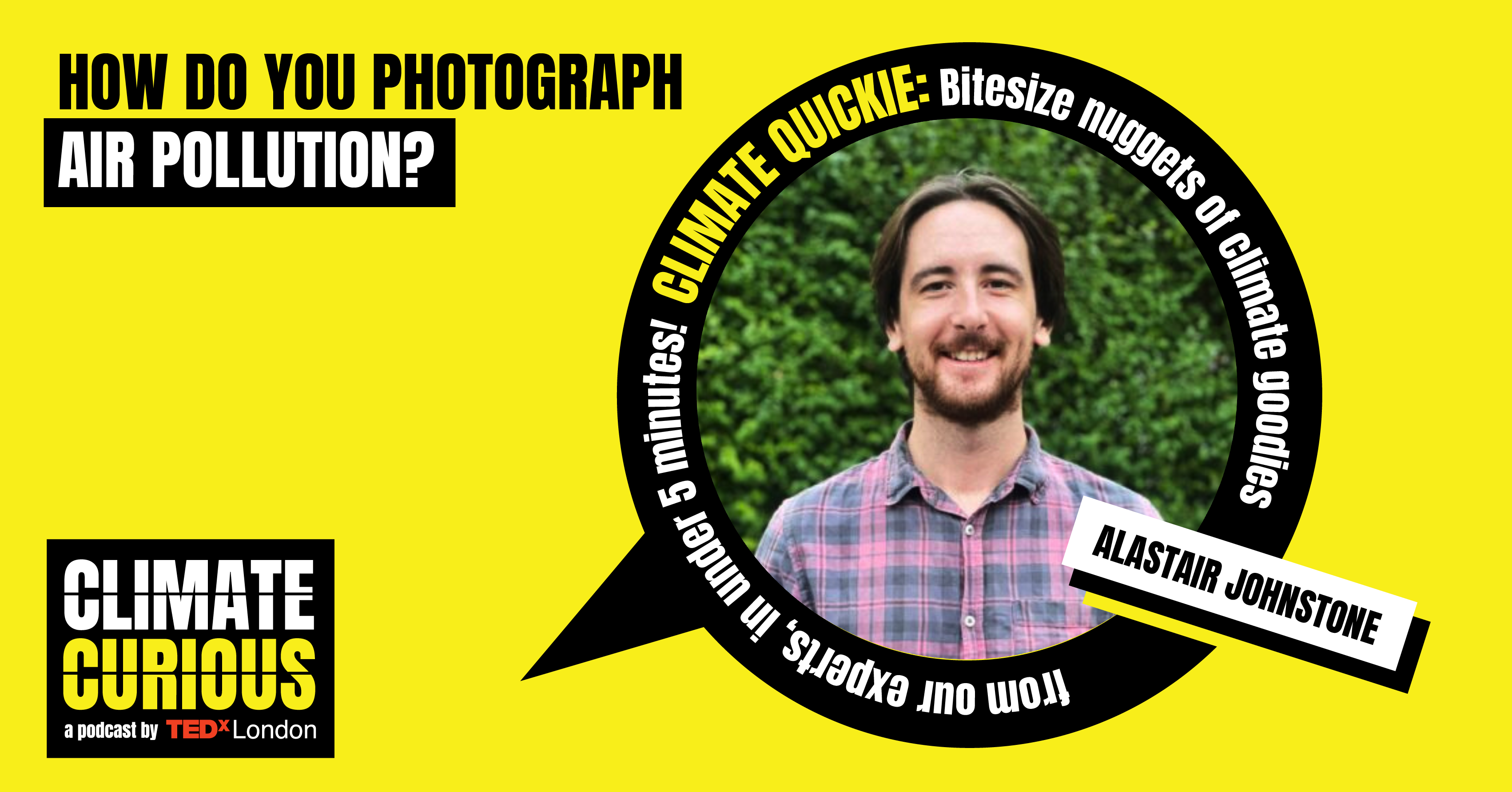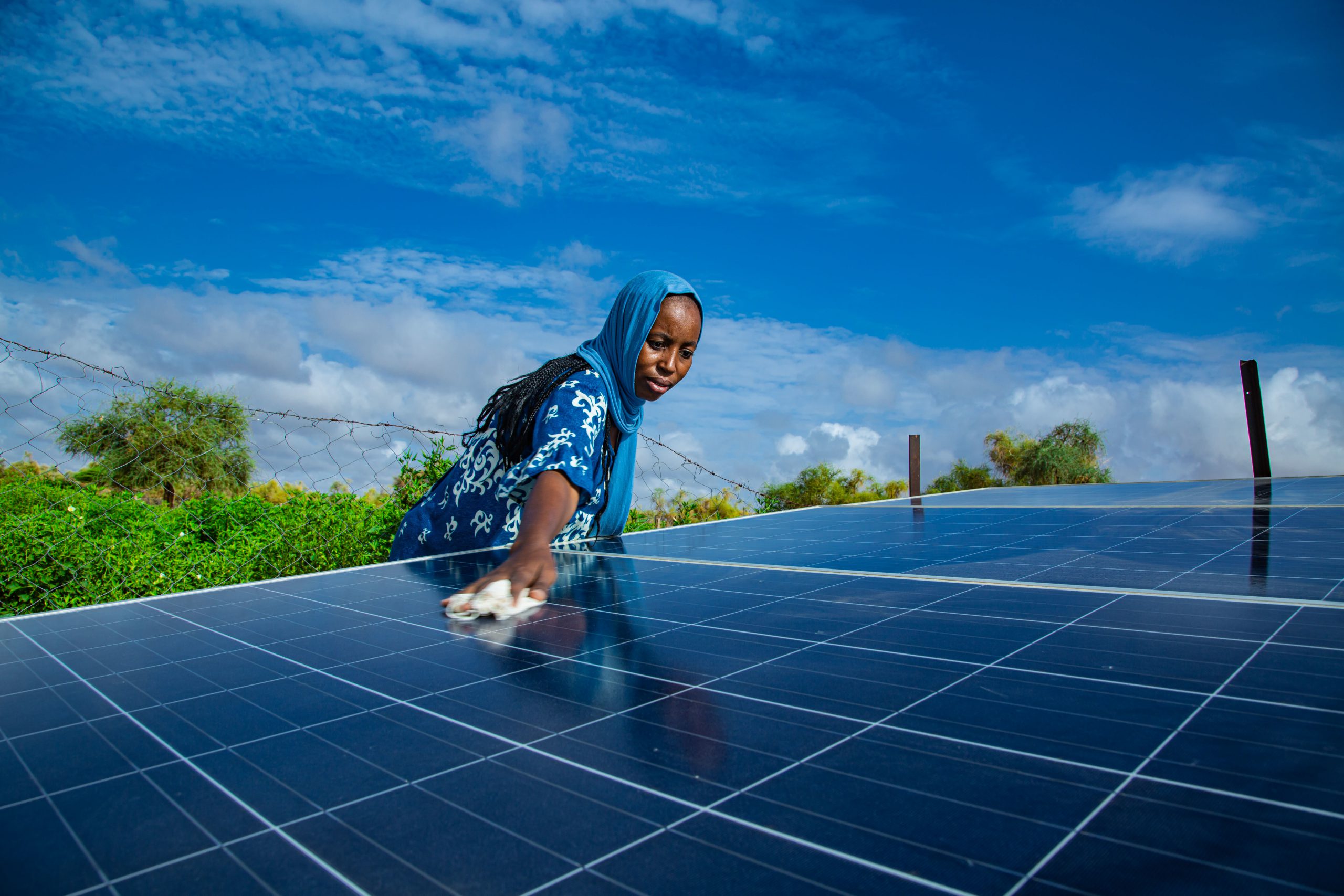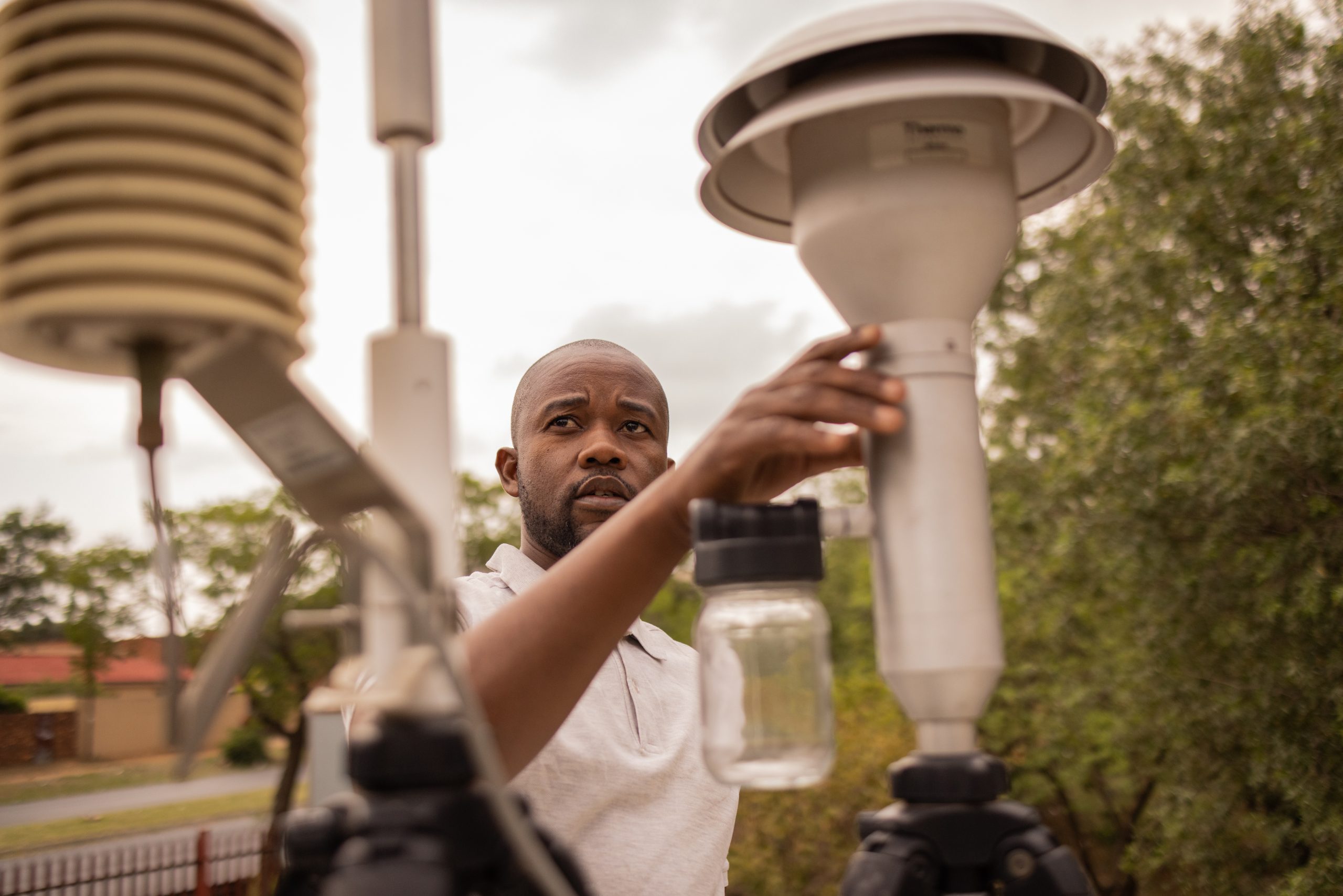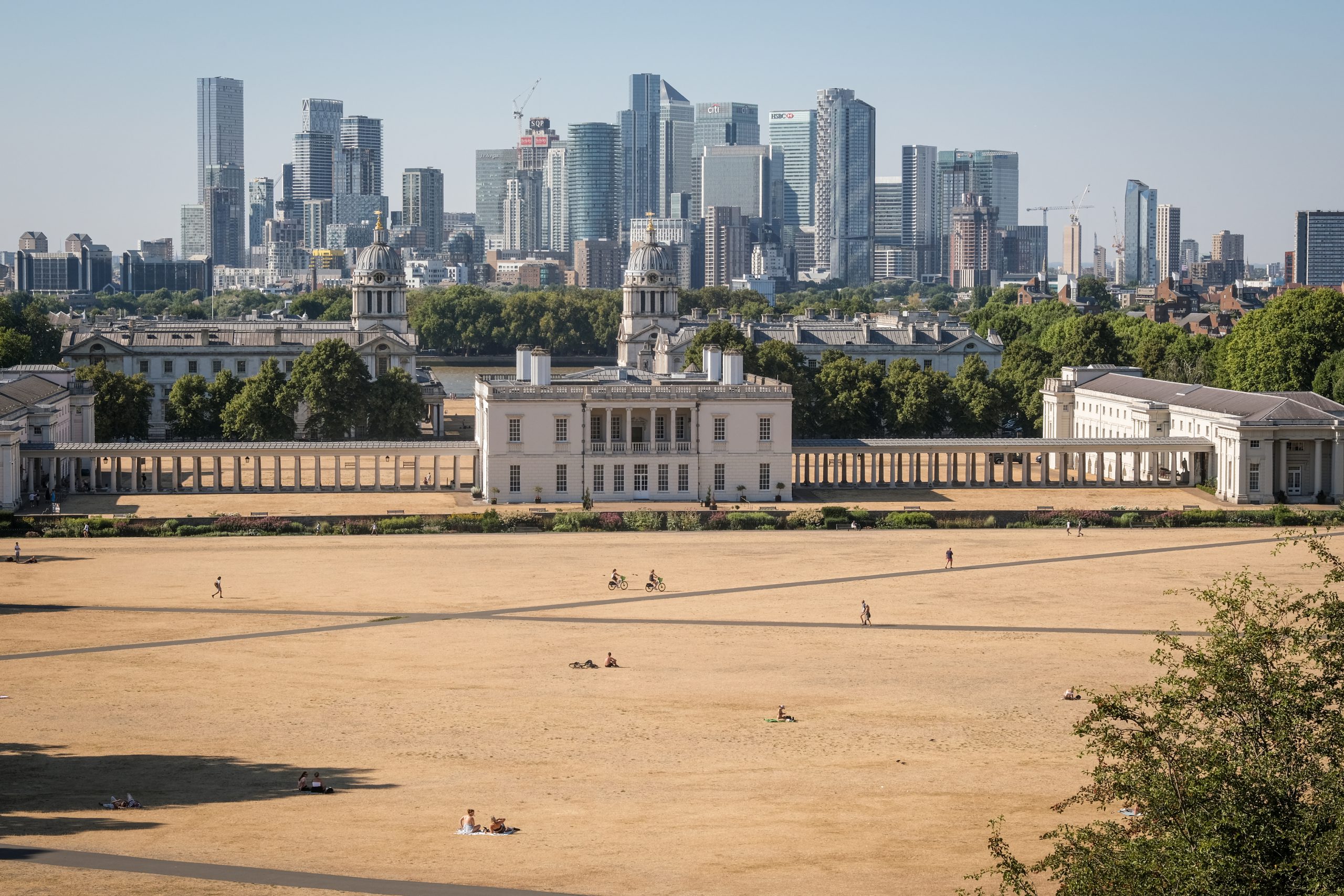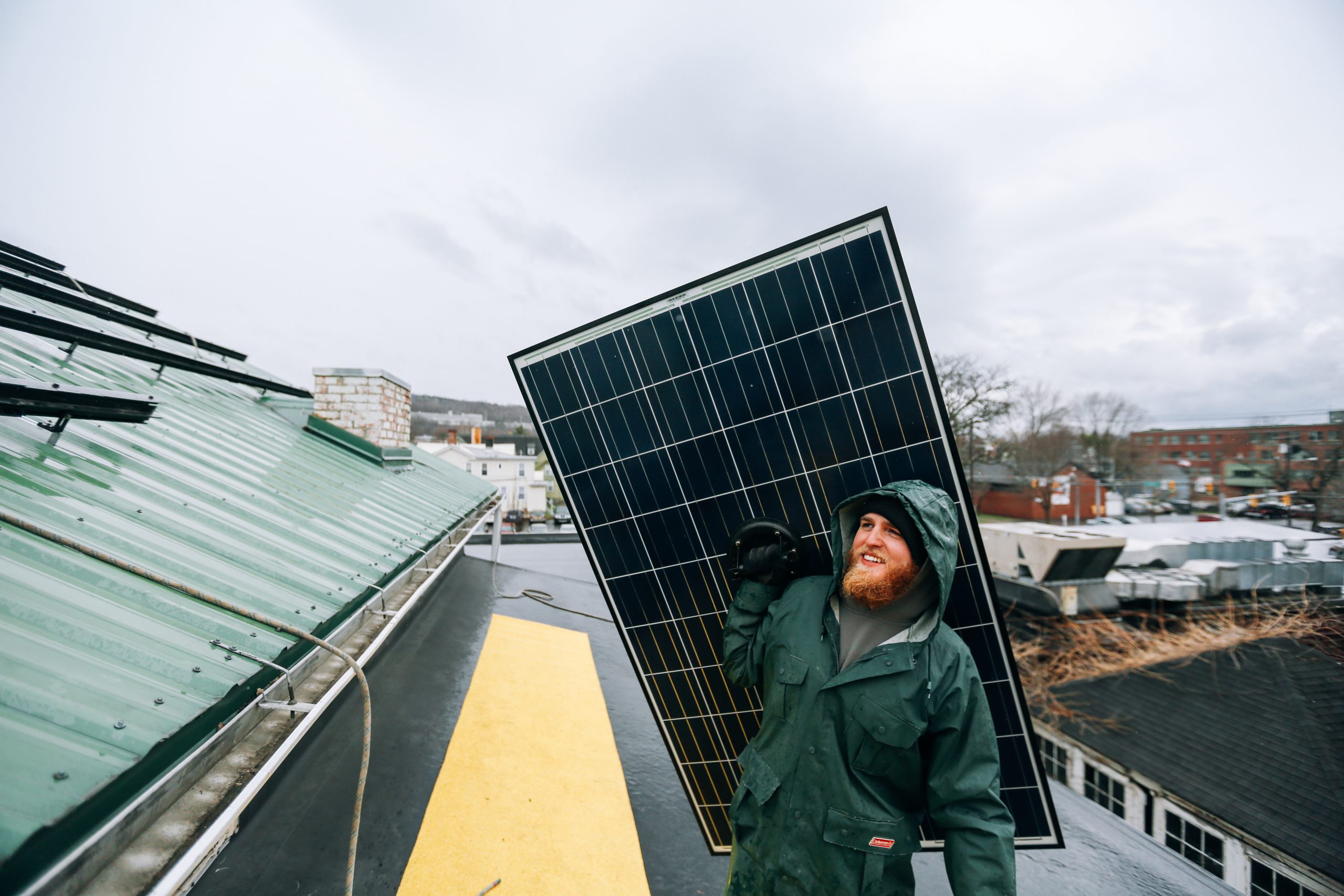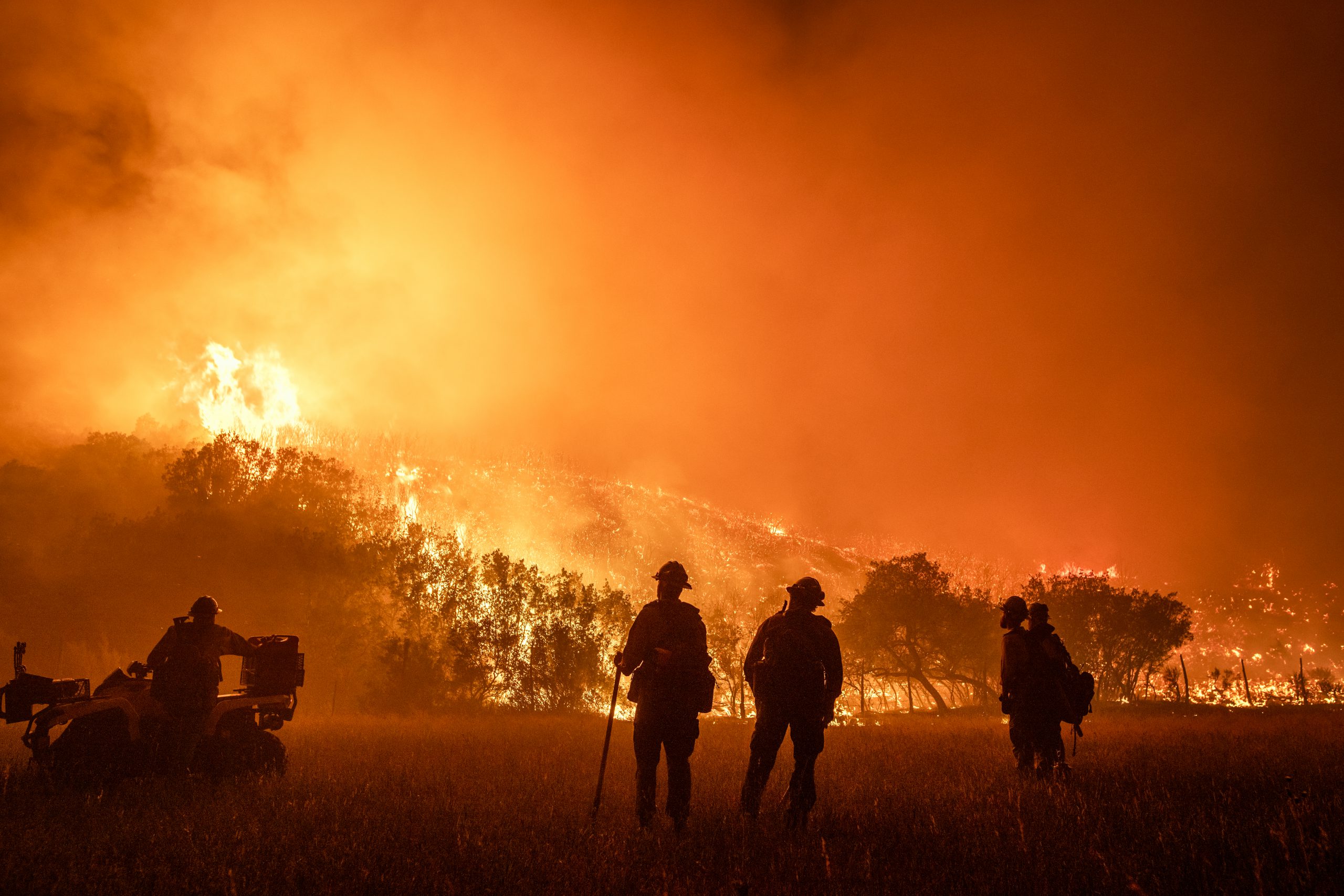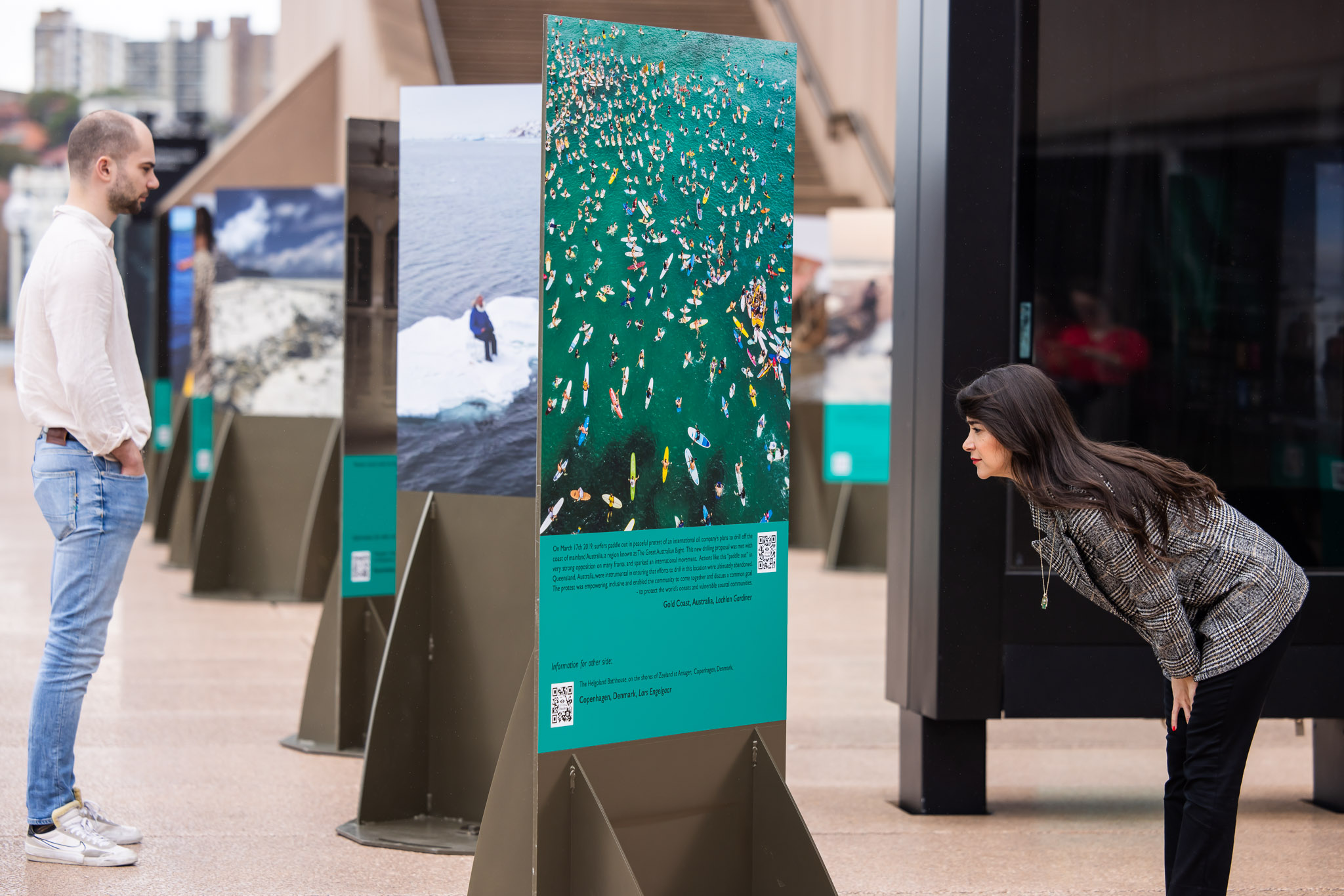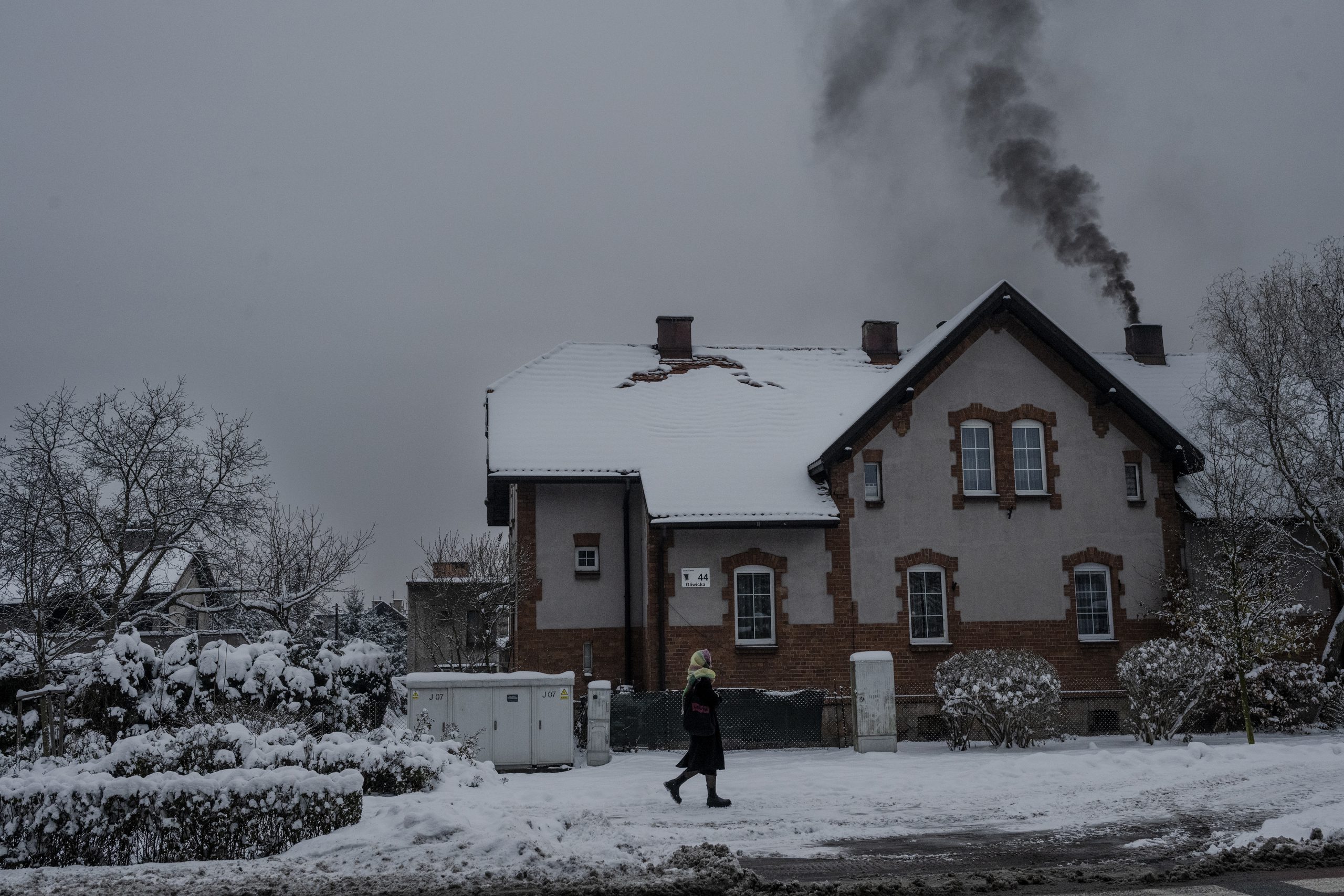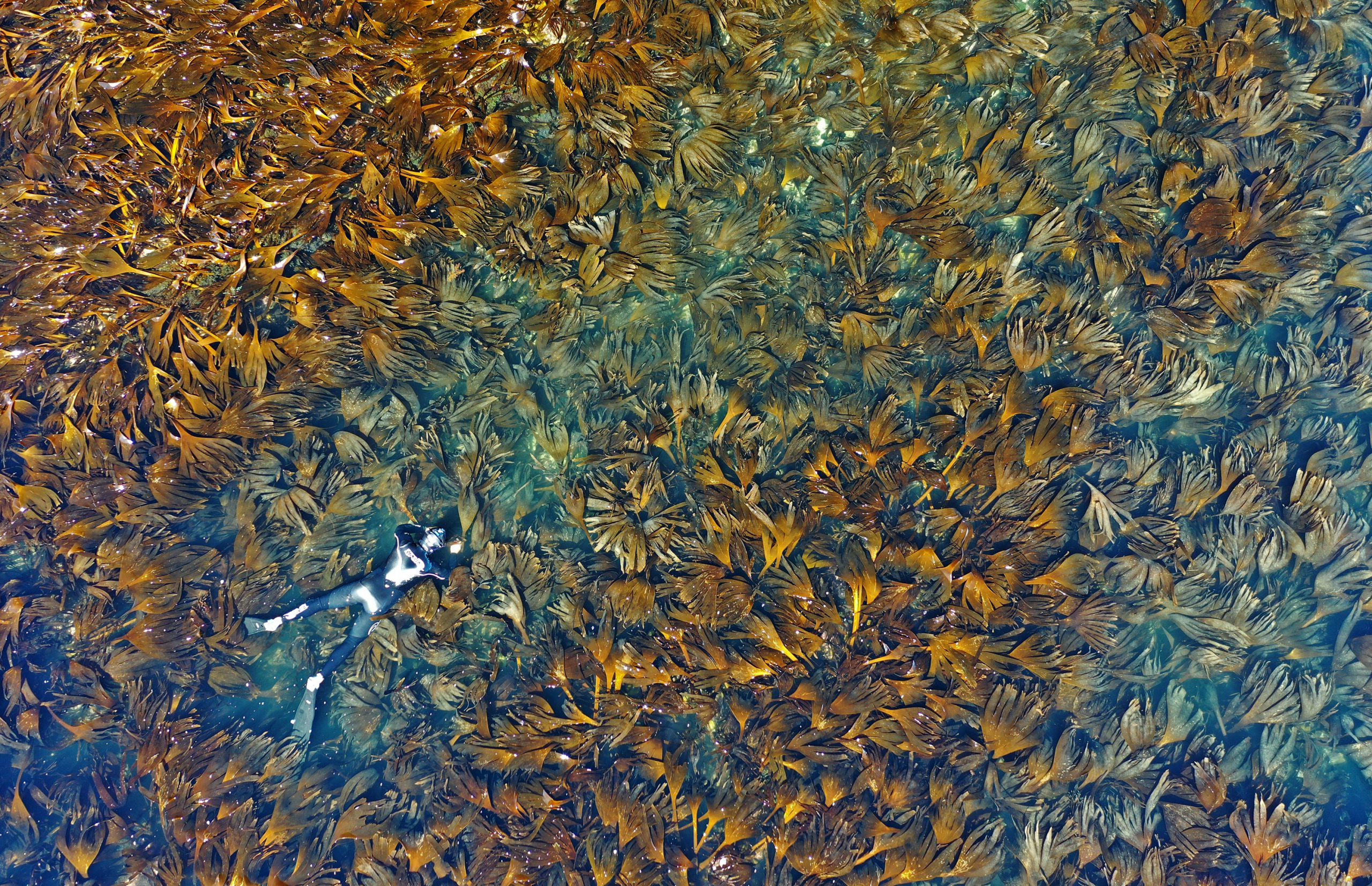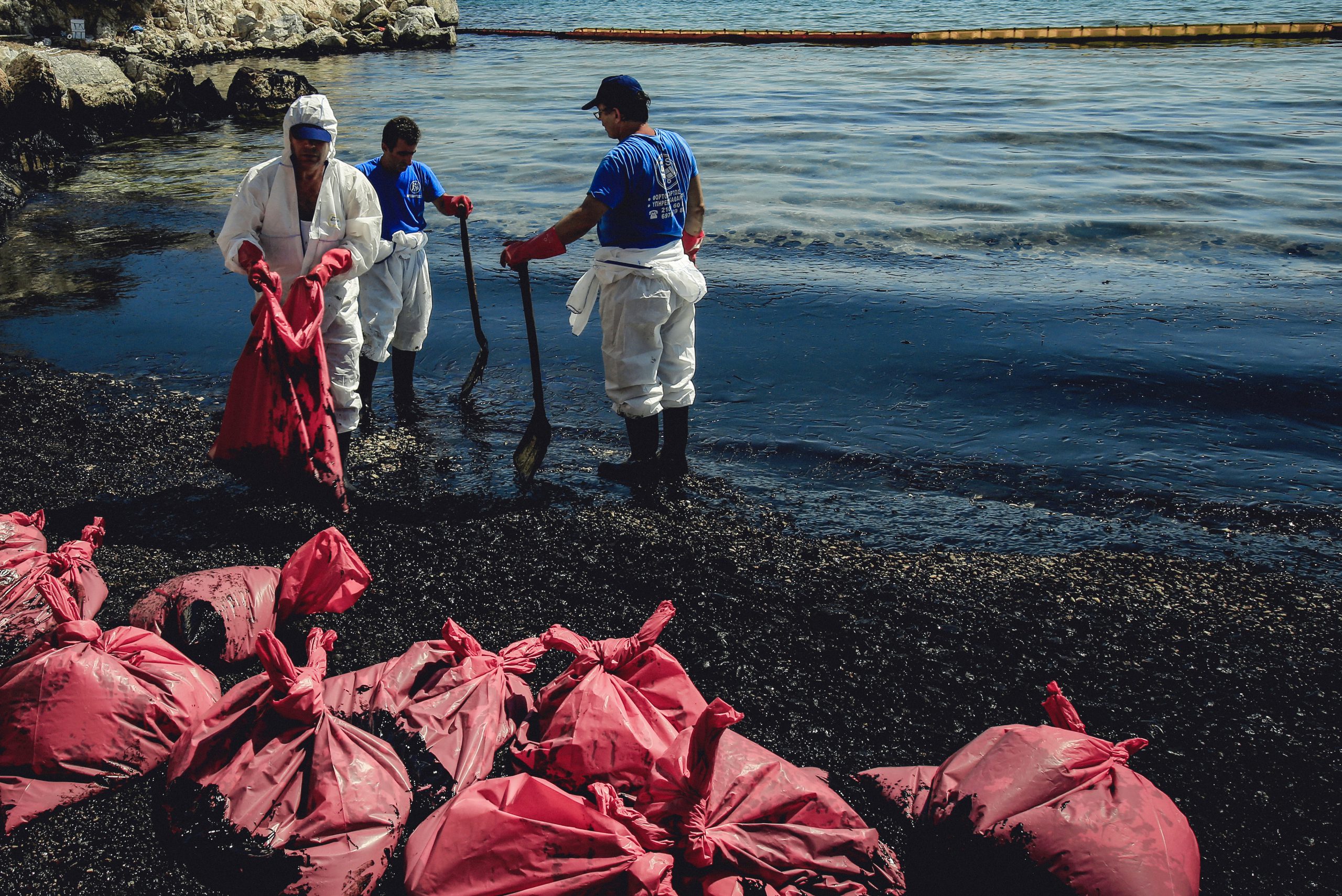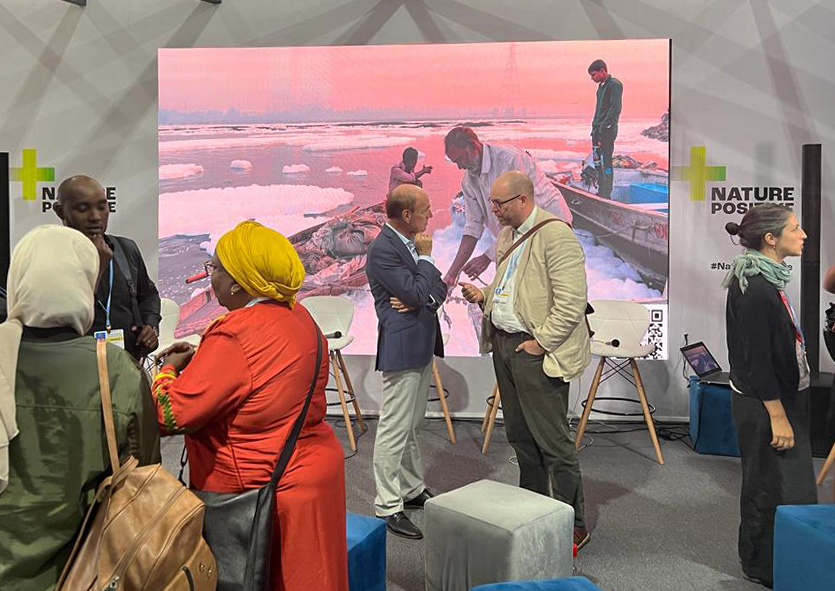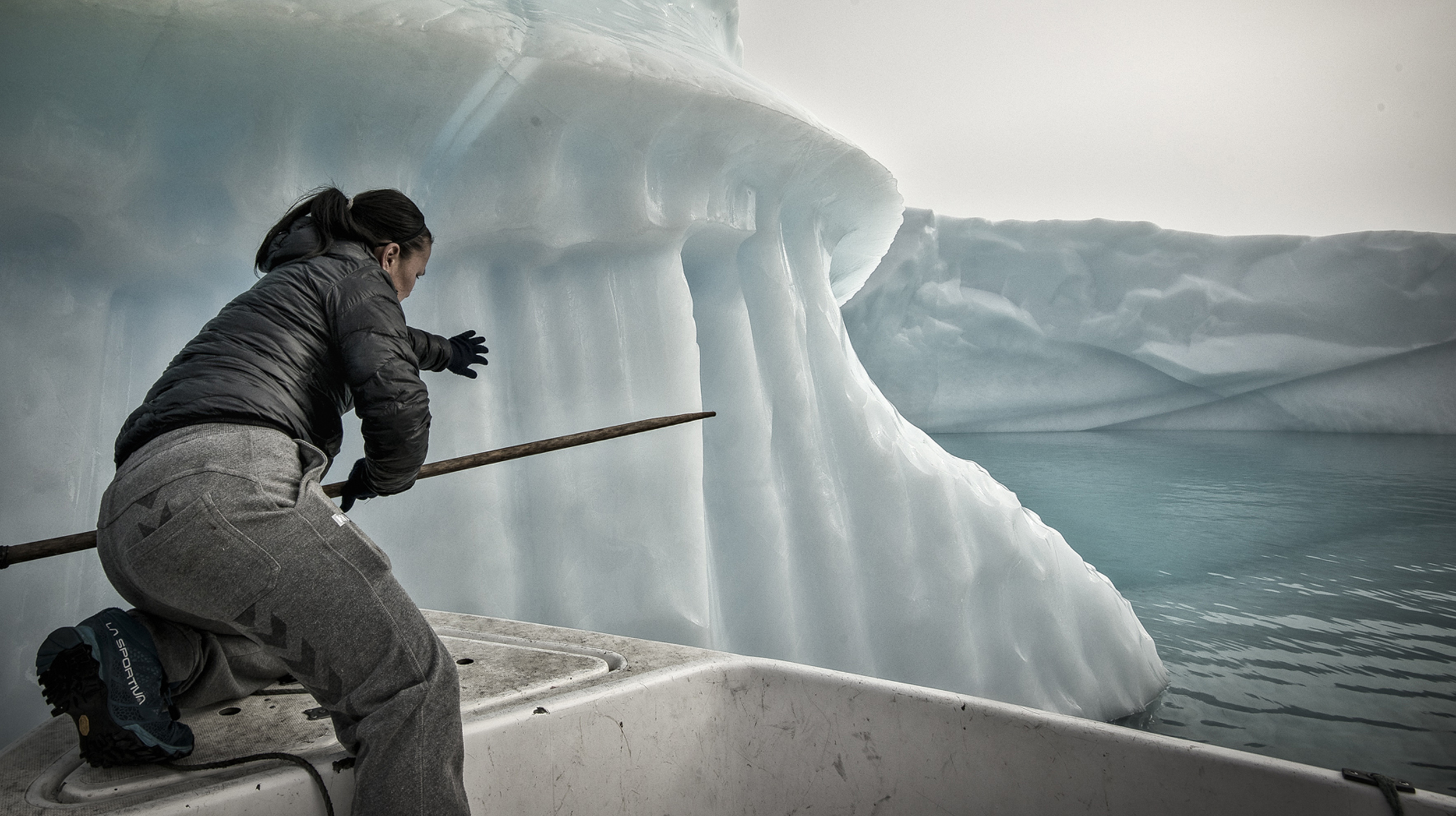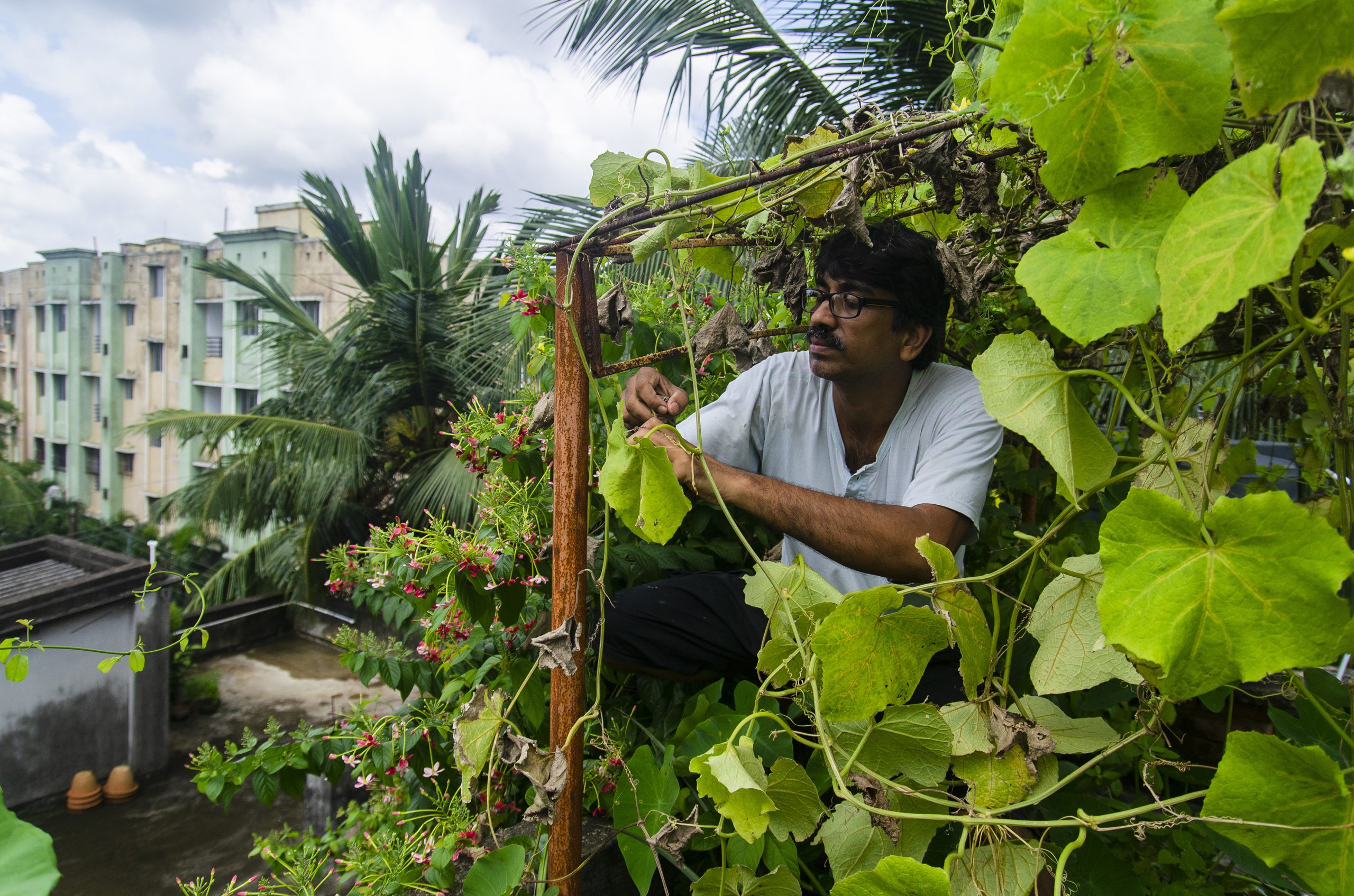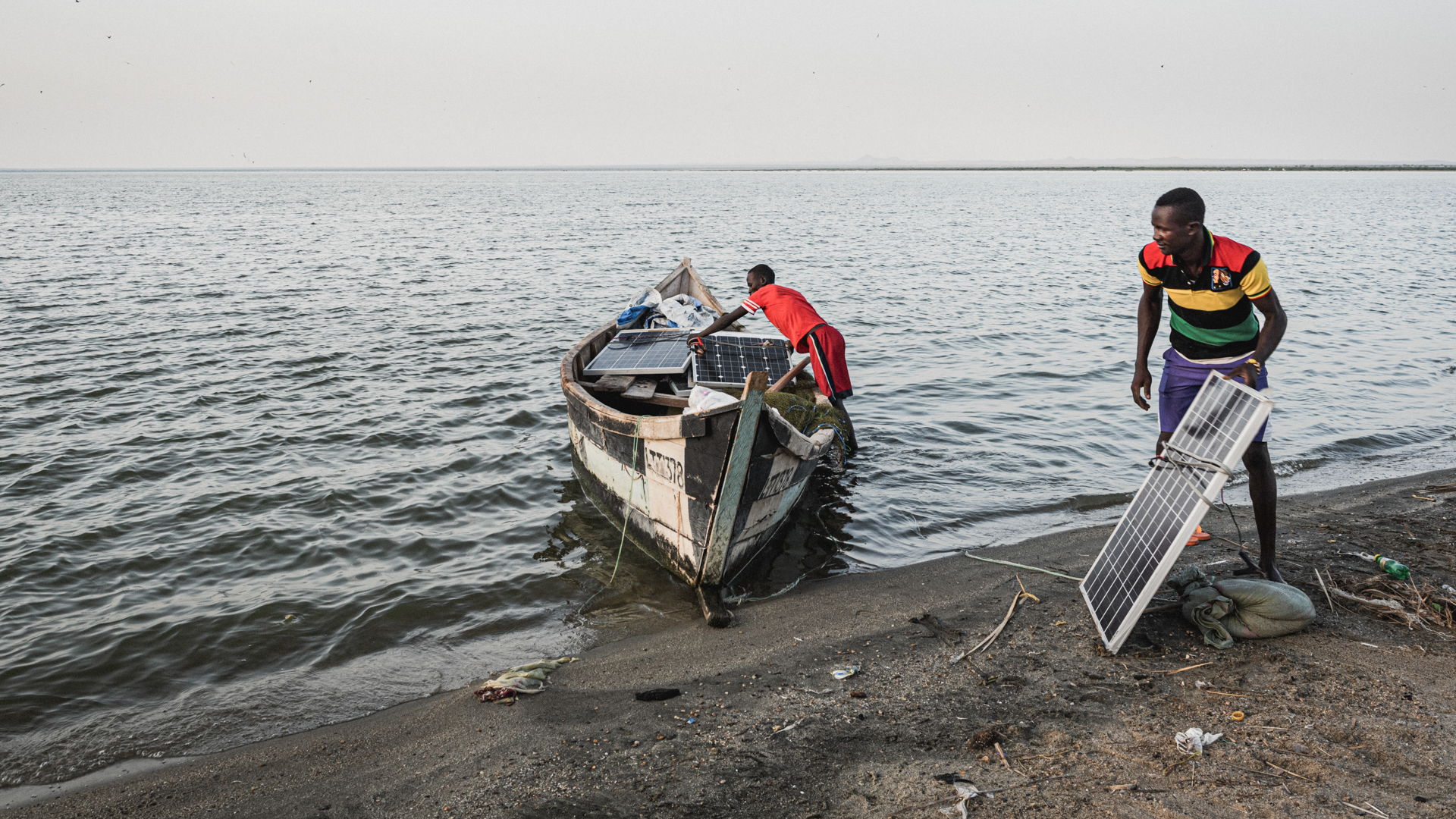Climate Visuals is committed to achieving and promoting best practice in the issues of diversity, equity, inclusion, feminist and anti-colonial approaches to image research and photography. Our new Ocean Visuals project, both in structure and public facing content, will be informed, tested and influenced by the comments and lived experience of a paid, advisory board. The members of the board are:
As Media and Communications Officer with the National Environment Science Program's Climate Systems Hub, Tahnee connects decision makers and Traditional Owners with Australia's best available climate science. With more than 4 years of experience in climate communication with the Monash Climate Change Communication Research Hub and other organisations, Tahnee brings her experience in climate science and environmental security to the board. Tahnee holds a Masters of Environment and Sustainability, specialising in Environmental Security, and a double degree in Arts and Science.
Wacera F. is a photo editor currently based in Nairobi, Kenya. They produce diverse visual stories & curatorial studio projects at Everyday Africa. Alongside The Everyday Projects Community Team, they have supported collaborative digital reportage and editorial projects exploring layout design with teams at The ICRC, World Press Photo Foundation, Photoville, Pulitzer Center, Code For Africa and others. Their work blends hands-on design for photo, art direction and media project management, utilising varied communication mediums, design disciplines and research techniques. Wacera is also a comic book artist.
Co-founder of Fora do Eixo and Mídia NINJA, Marielle is currently the coordinator of Environmental Ninja, a journalist and activist of communication, culture and human rights. Mídia Ninja is known for covering acts and protests of social movements throughout Brazil through photos, videos and live broadcasts. It works on the strengthening of groups and collectives that touch on different agendas, especially from deep Brazil.
Neeta is a freelance photojournalist, educator, and National Geographic Explorer based in Saint Louis and Mumbai. Her work explores the themes of environmental, racial, and social justice issues. In 2021, she joined the International League of Conservation Photographers as an Associate Fellow. Her personal history and cultural identity have always influenced both the issues that draw her as a visual journalist and her work.
Daniella is a Vietnamese-American documentary photographer based in New Orleans, LA. Her work tends to focus on the legacies of western colonization, from the rise of homophobia in East Africa to the forced assimilation education of Indigenous children in North America. She is a 2021 Catchlight Fellow, a multiple grantee of the National Geographic Society and the Pulitzer Center on Crisis Reporting, a fellow with the
International Women's Media Foundation, and the founder of
Women Photograph, a nonprofit working to elevate the voices of women and nonbinary visual journalists.
The board will input feedback individually, into collaborative documents and have the ability to discuss at virtual board meetings..This is to ensure that our own internal biases are further identified then challenged and that the project is equitably accessible and promoted to communities, geographies and cultures normally excluded from photography competitions, licensing opportunities and/or media exposure.
During the participation phase we hope to identify and address some of the geographic, financial, language and systemic barriers facing professional, semi-professional and amateur photographers producing images related to climate change.
During the dissemination phase, we hope the resulting Ocean Visuals collection becomes a valuable asset to communicators globally who cannot readily access or yet afford impactful ocean and climate imagery.







